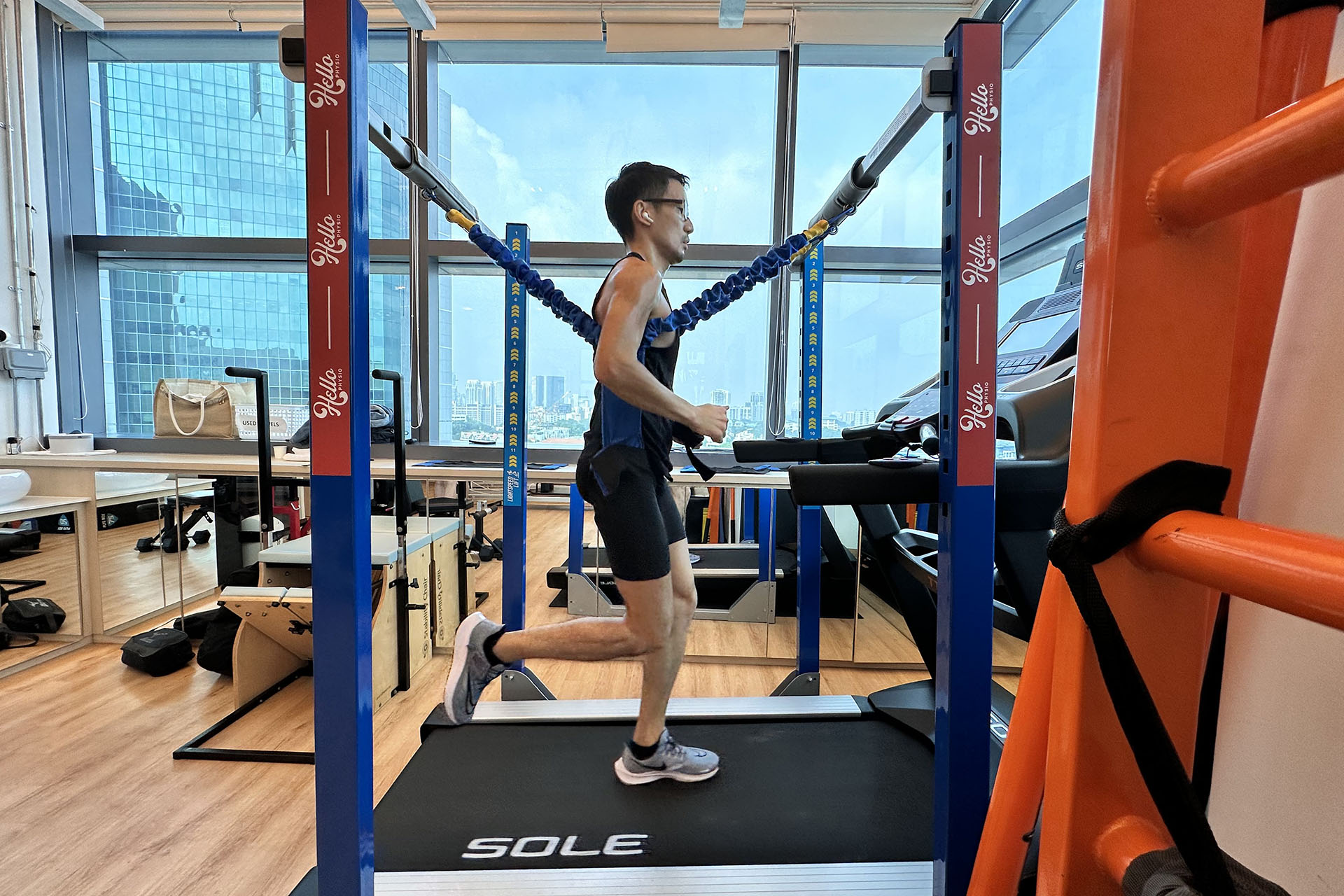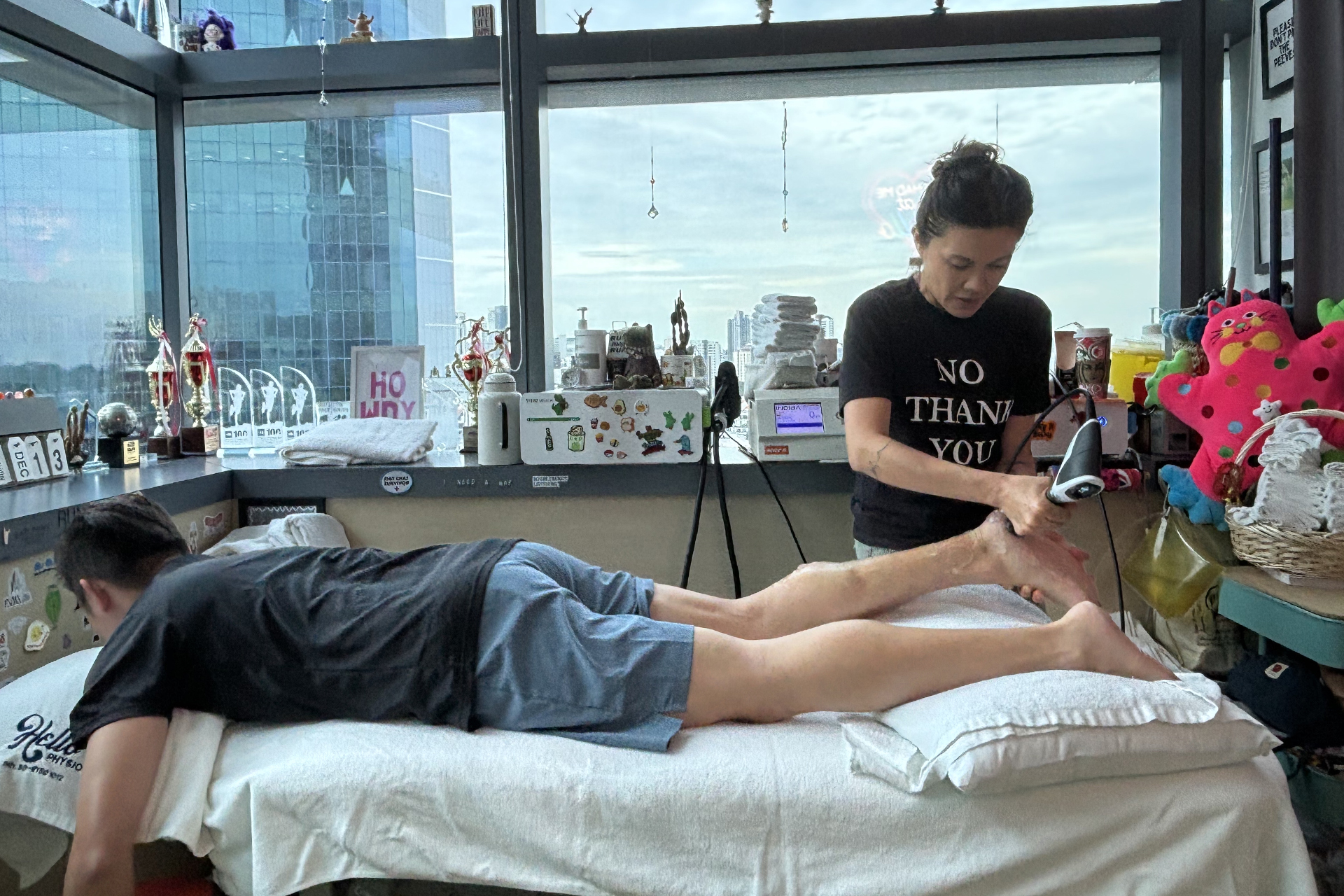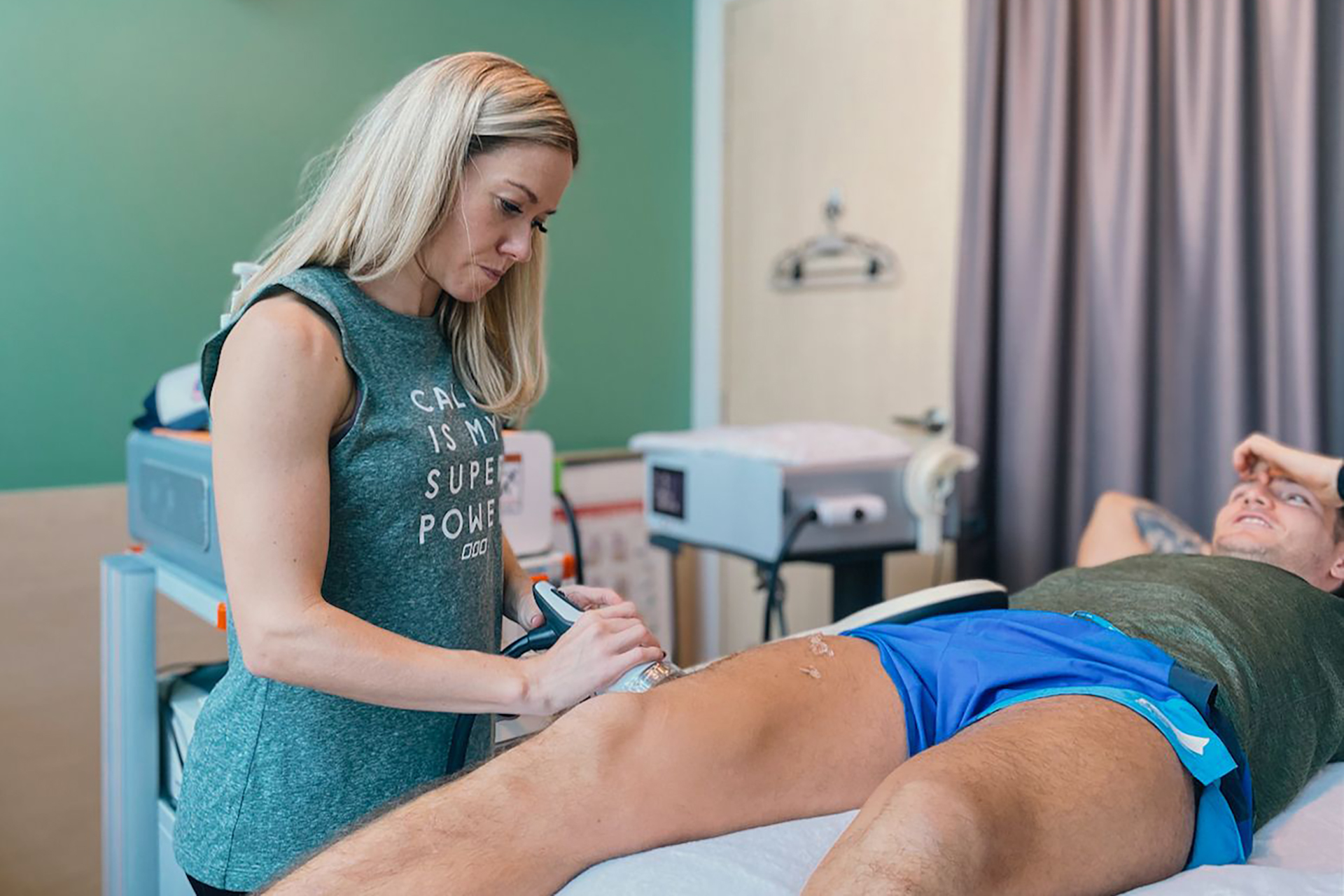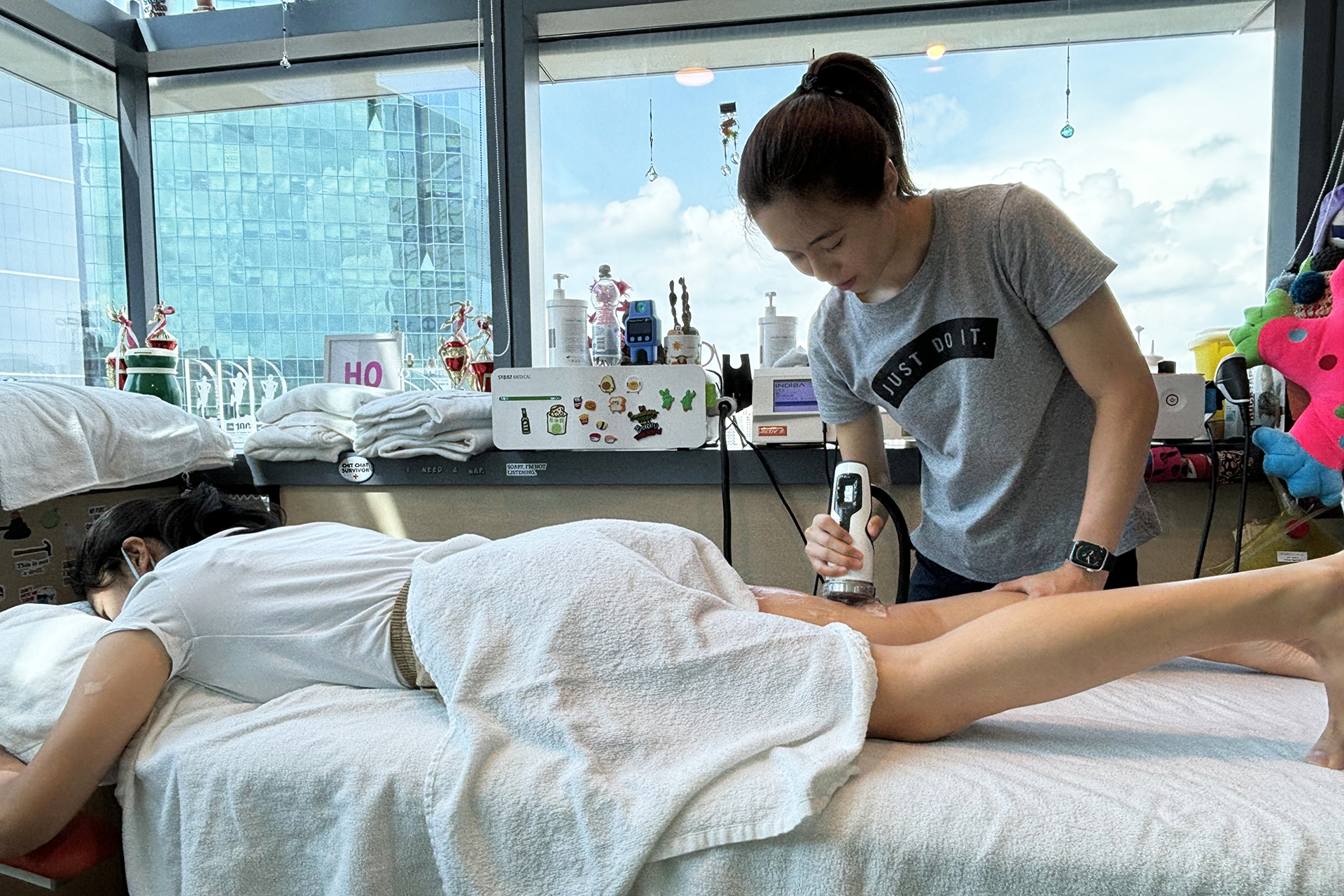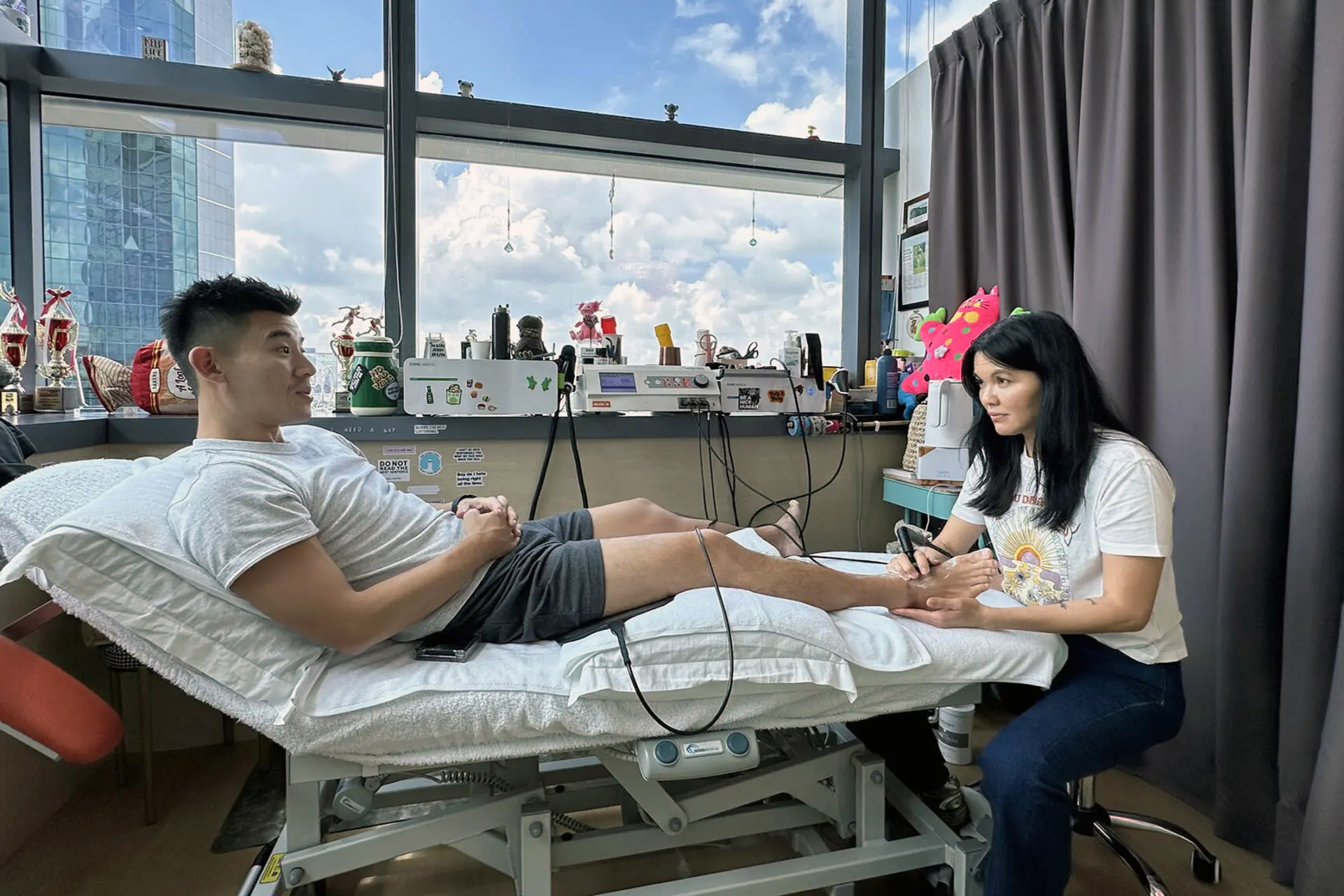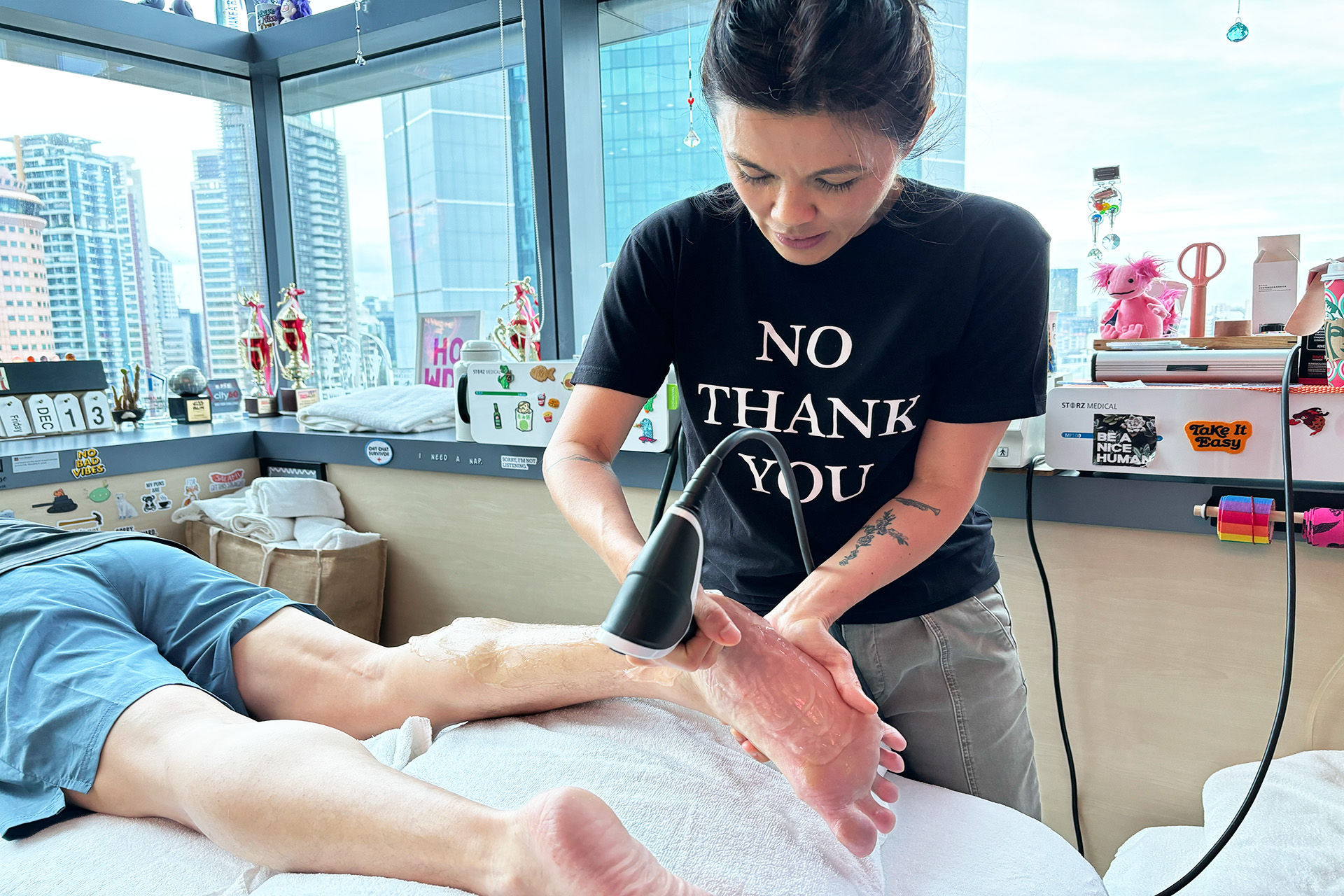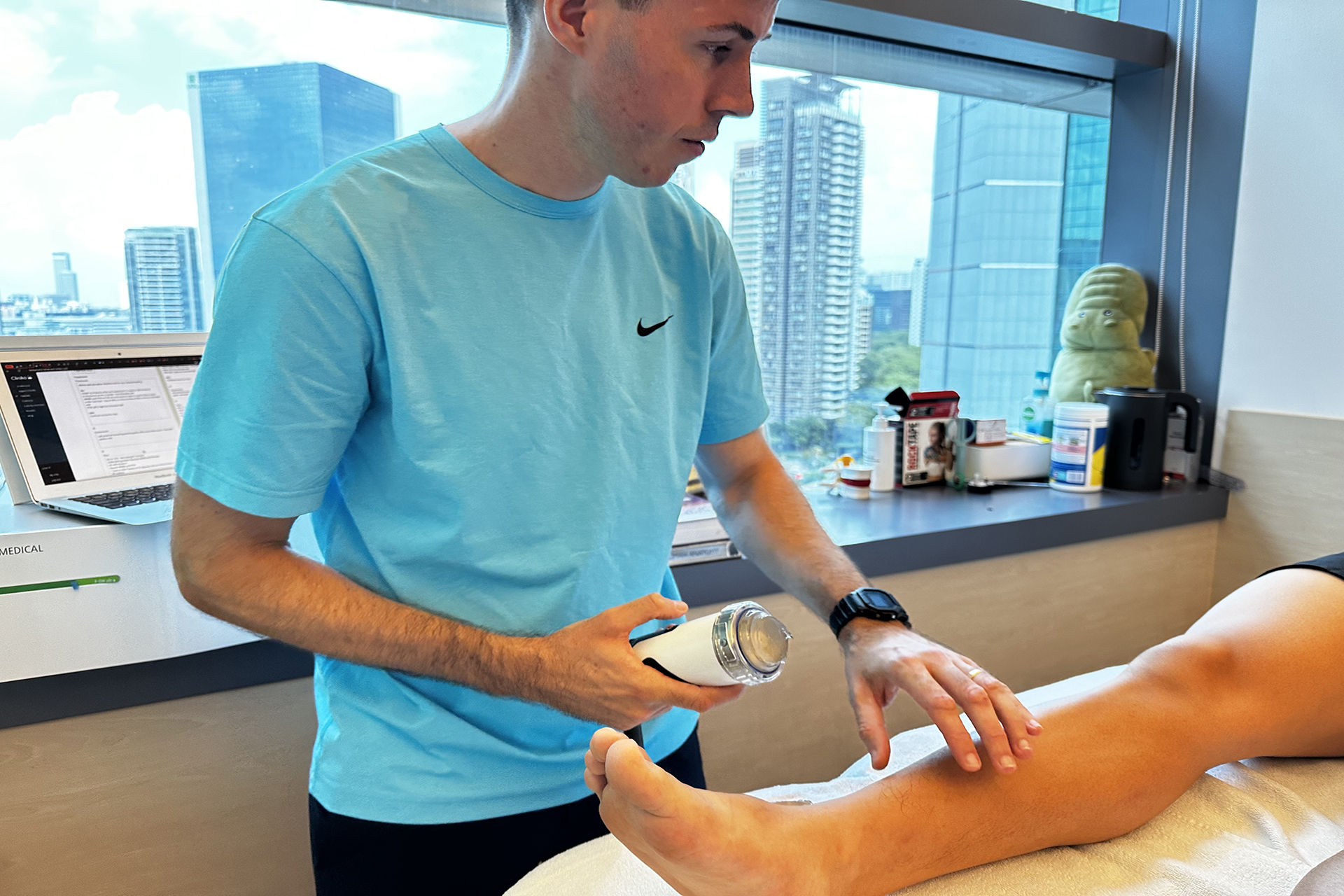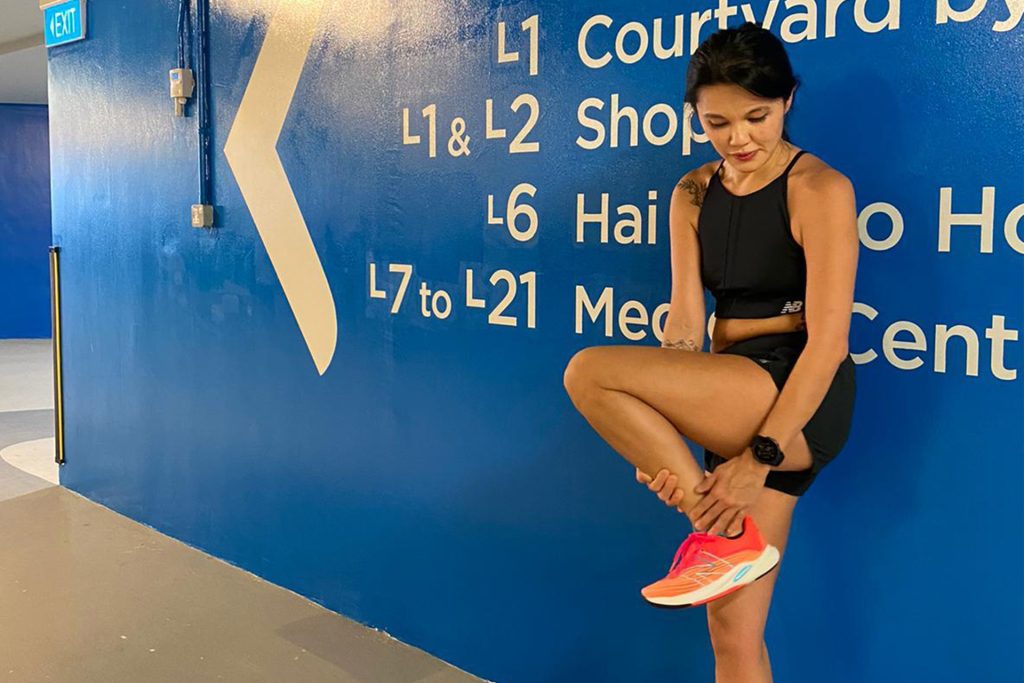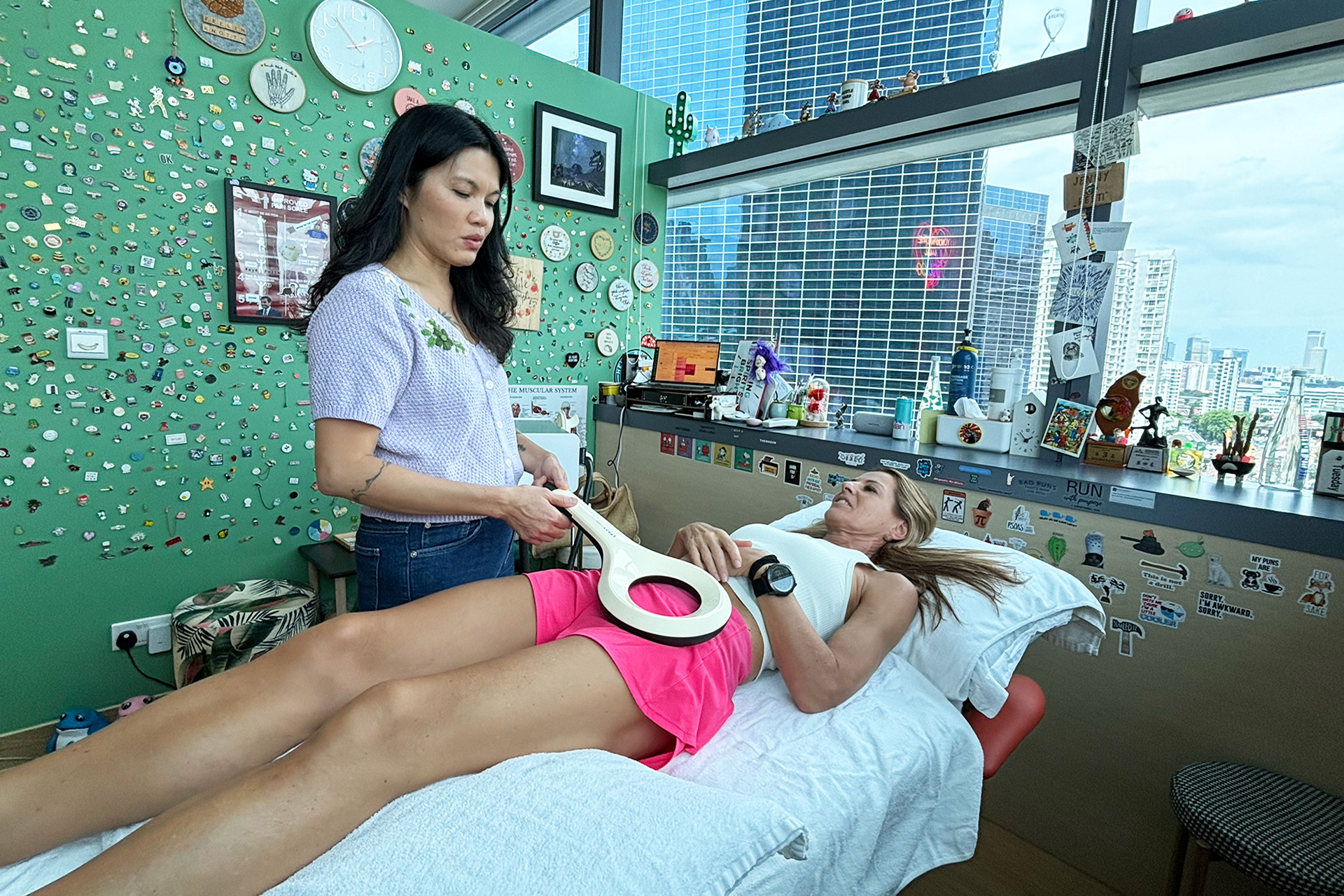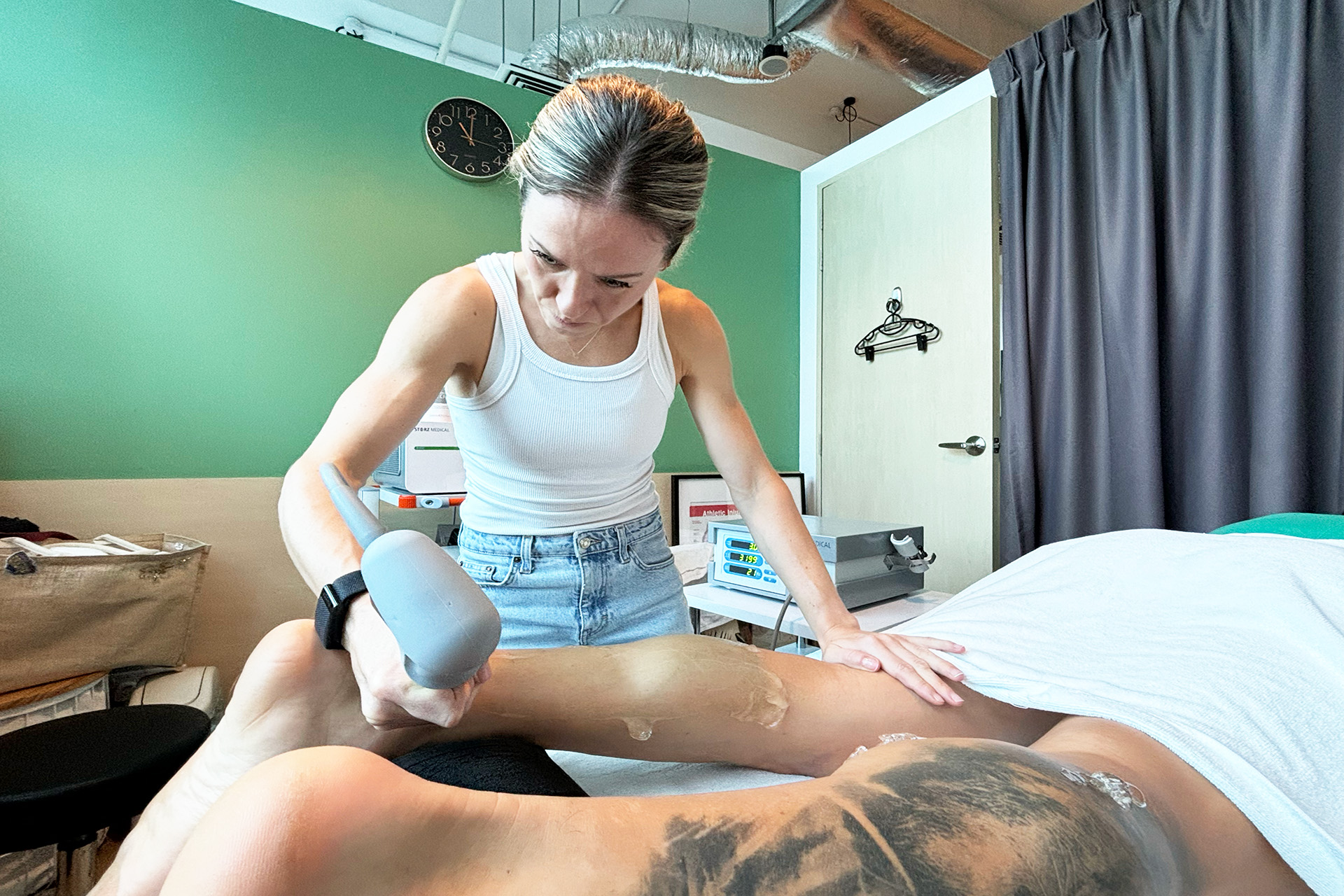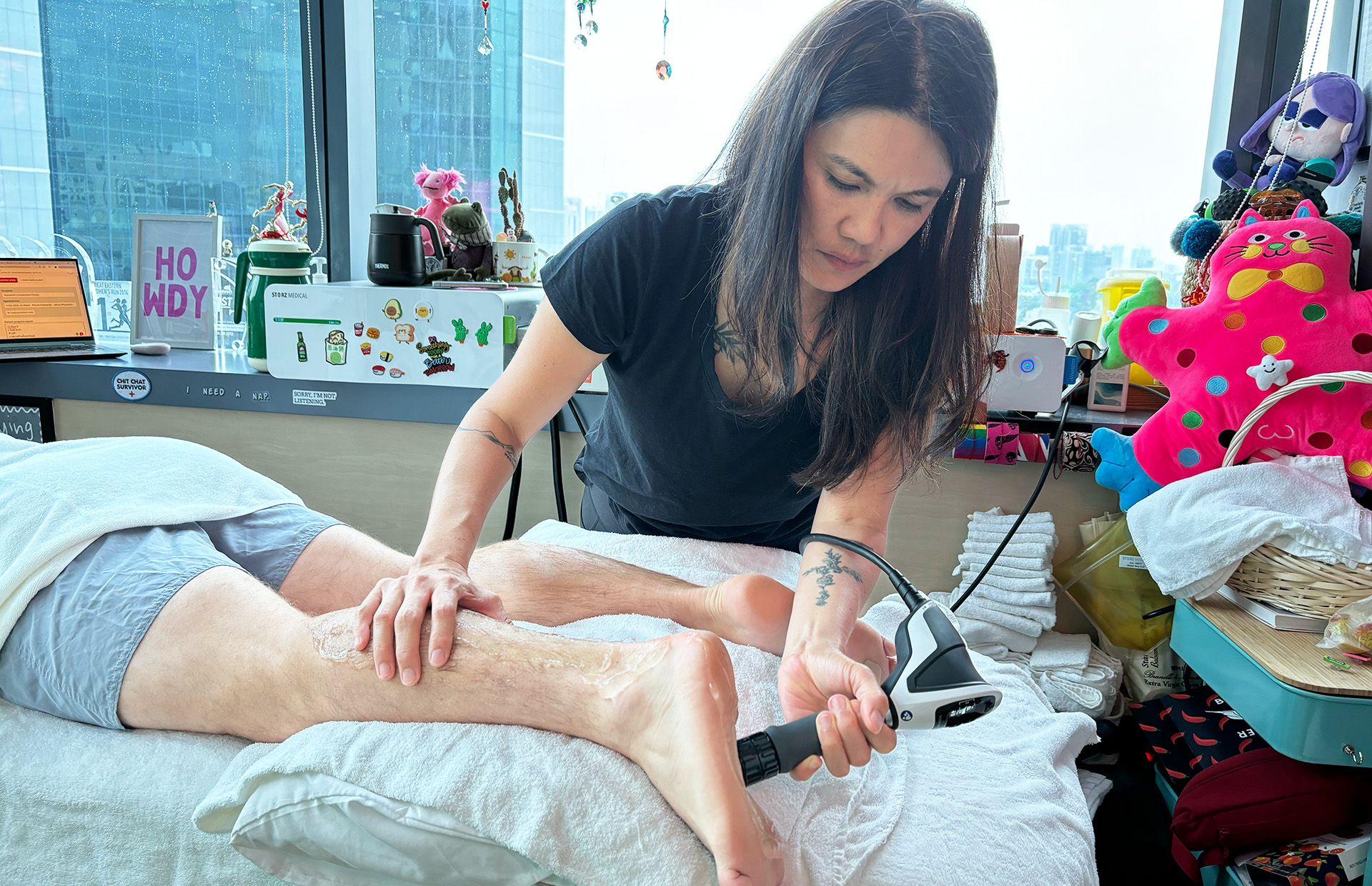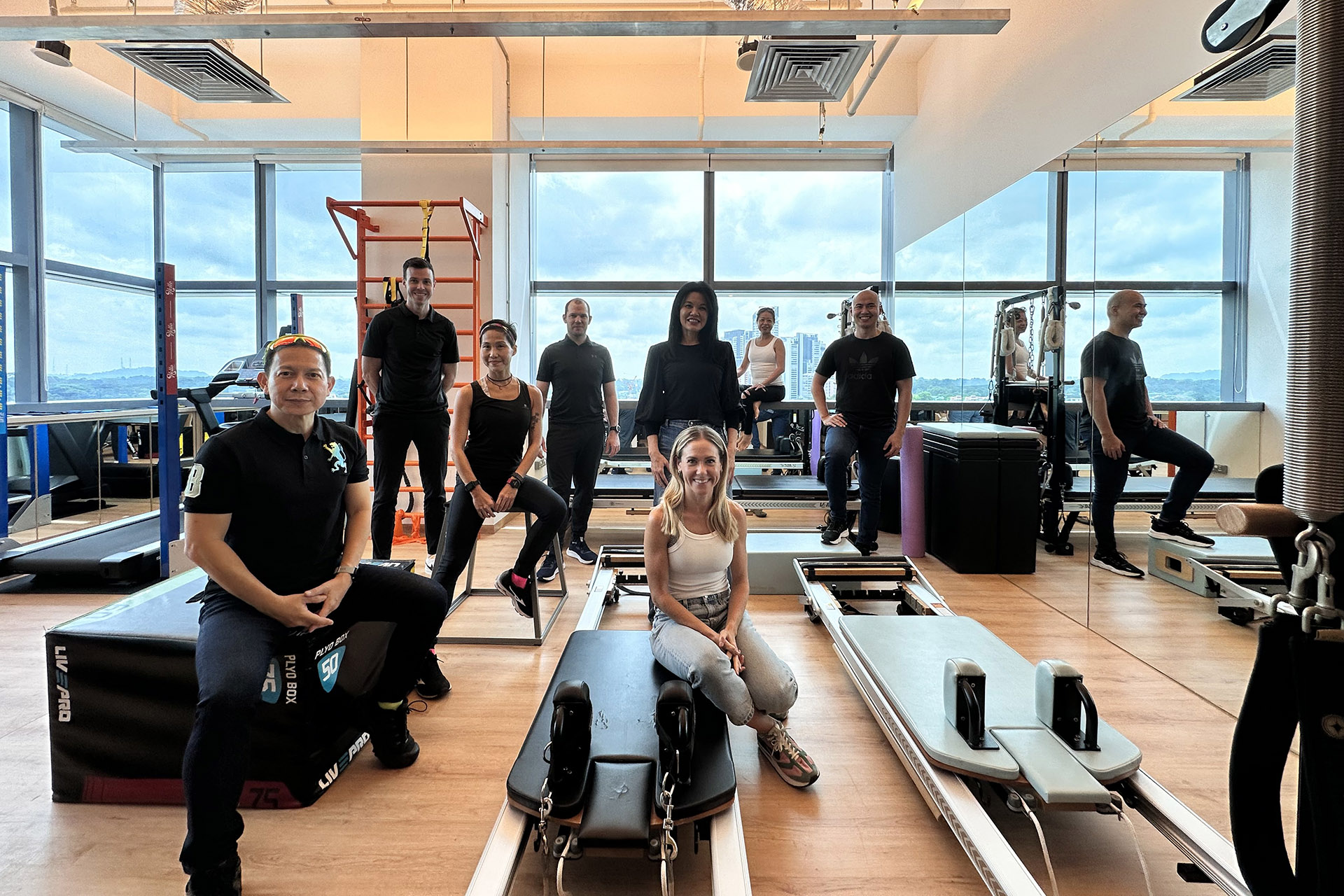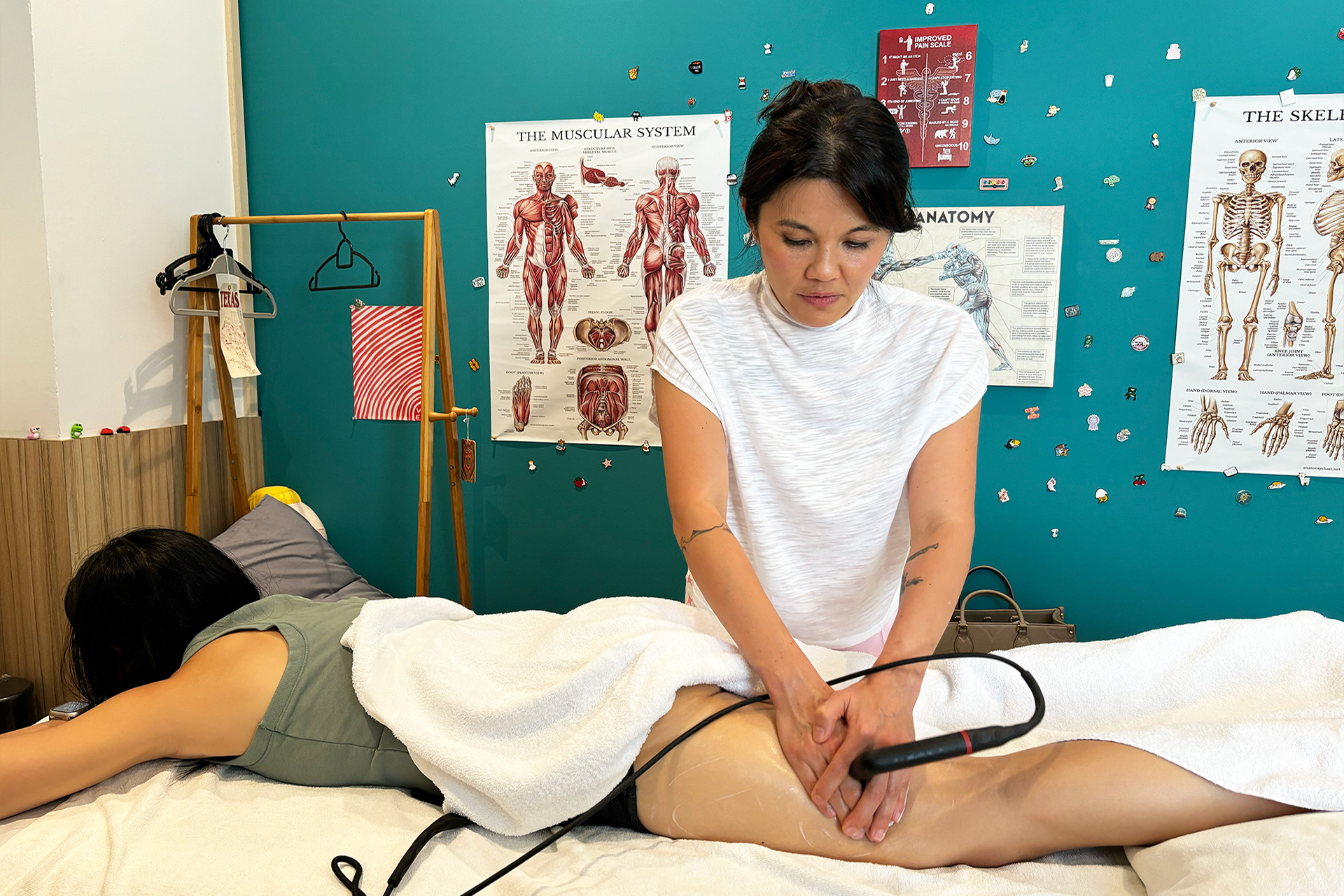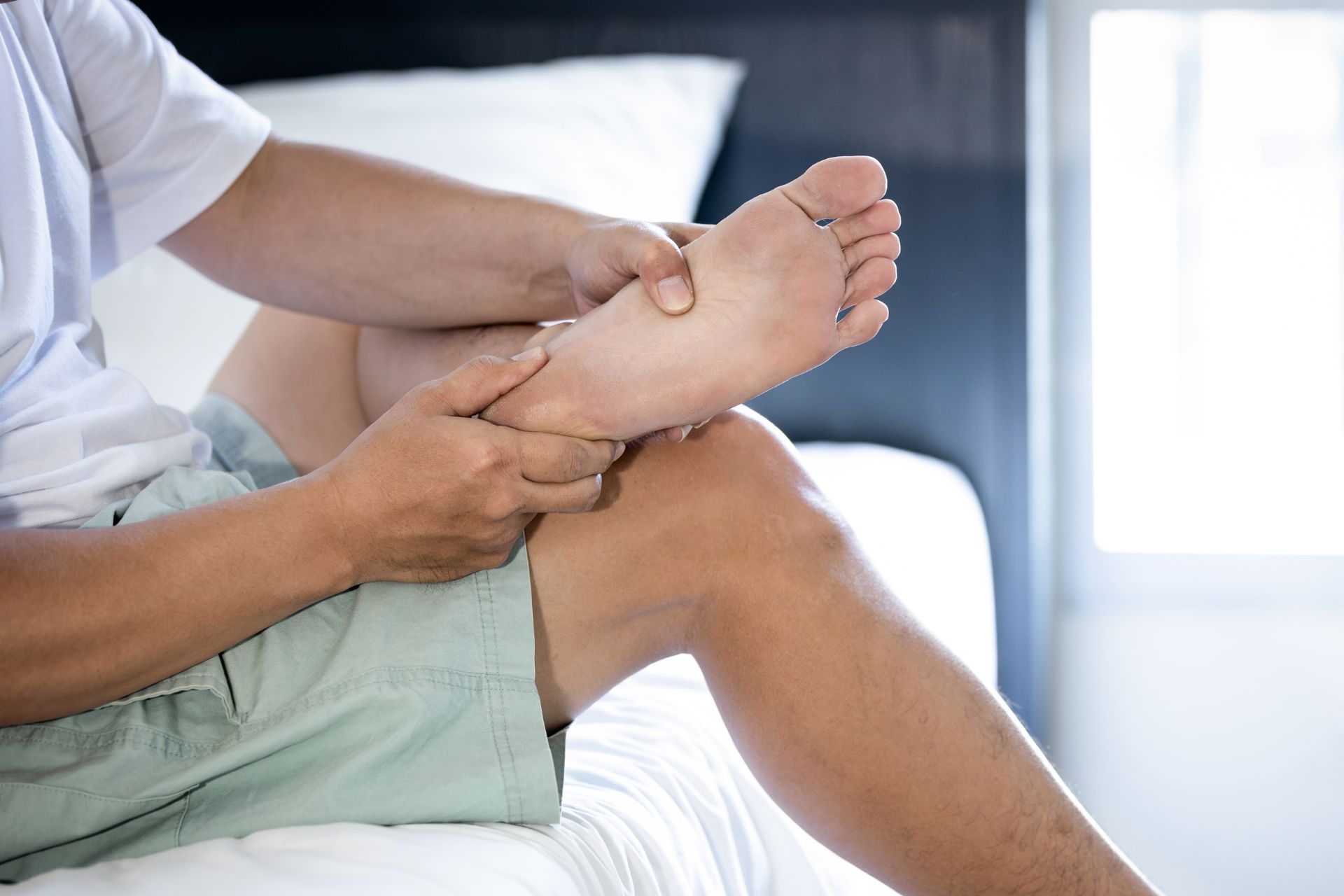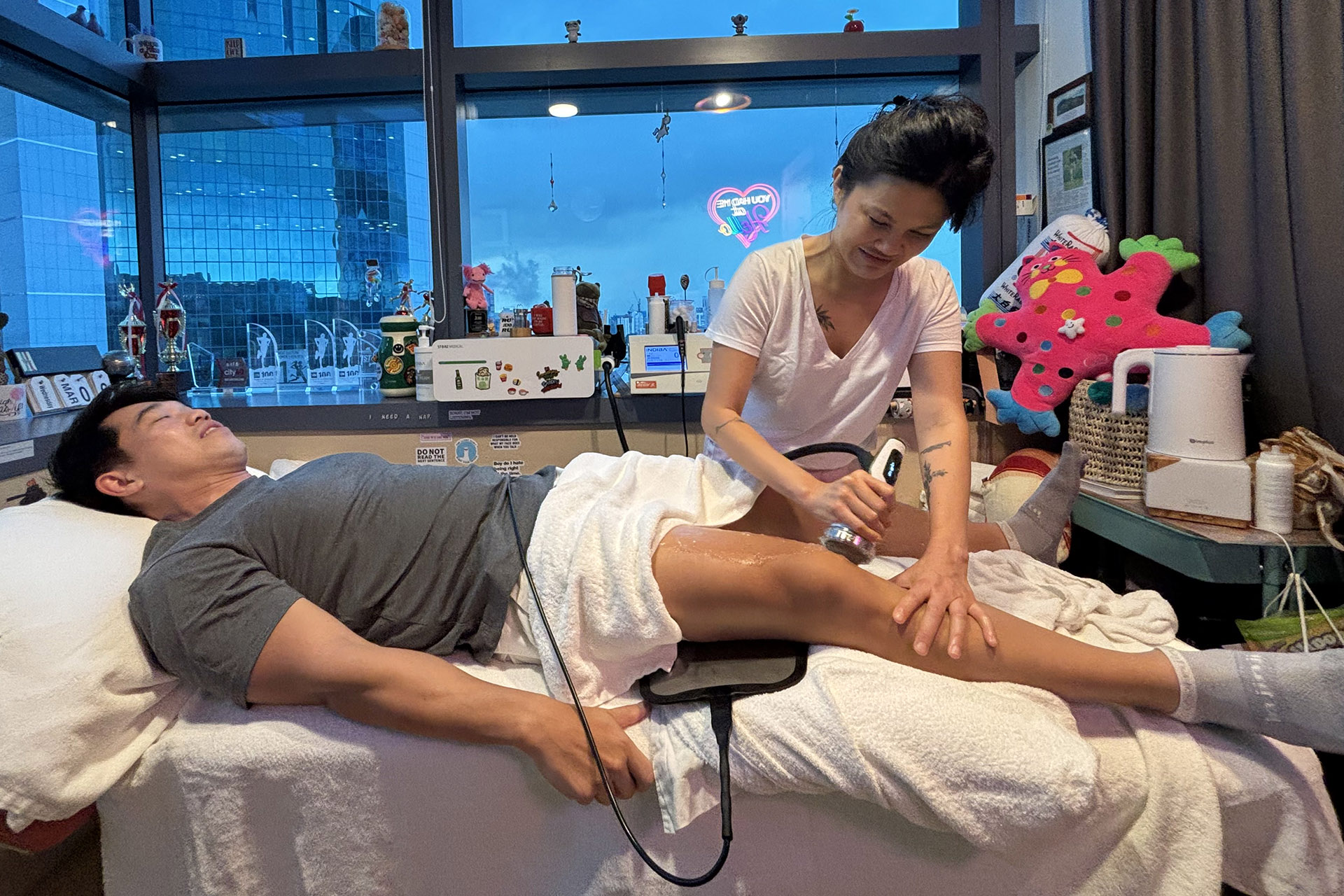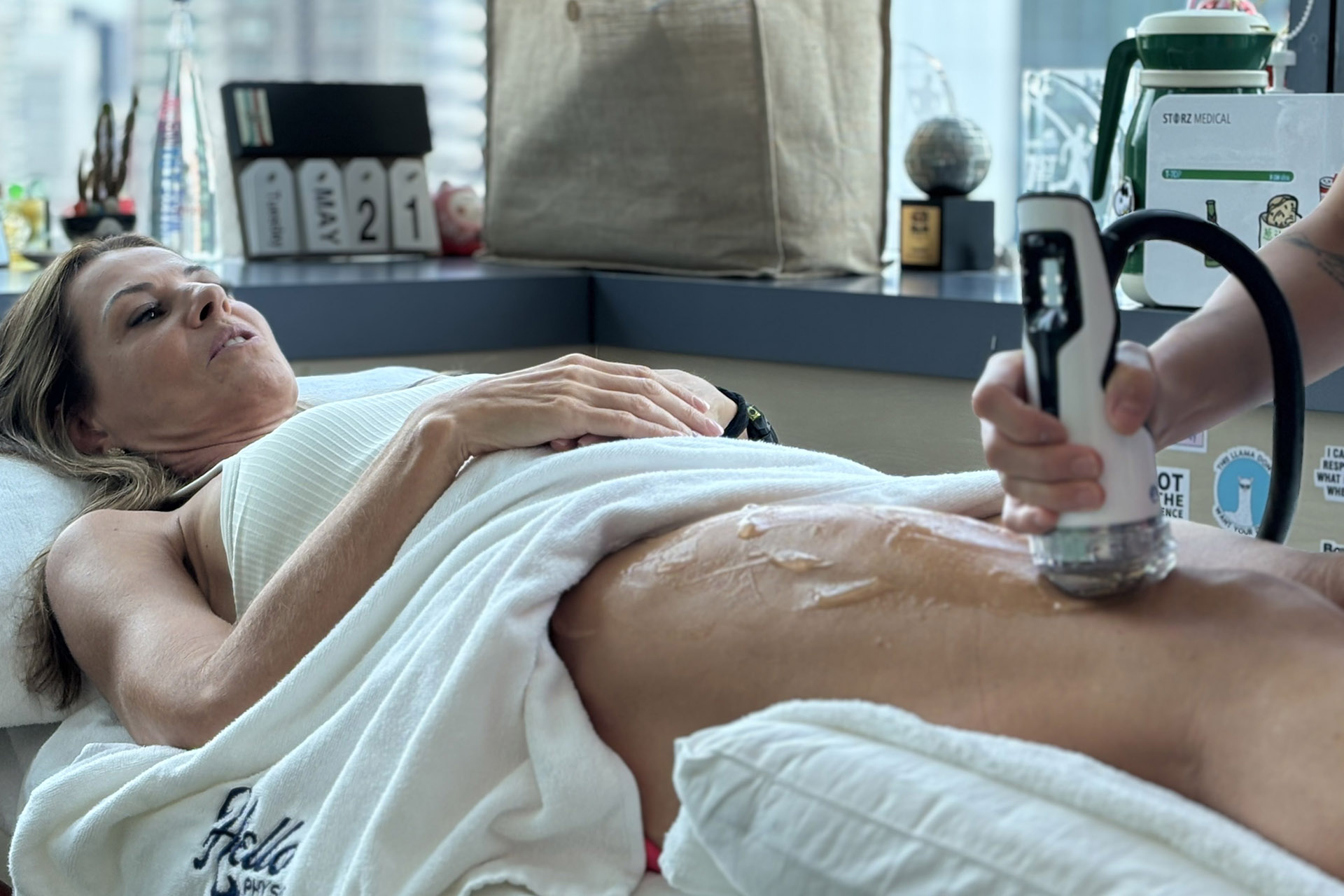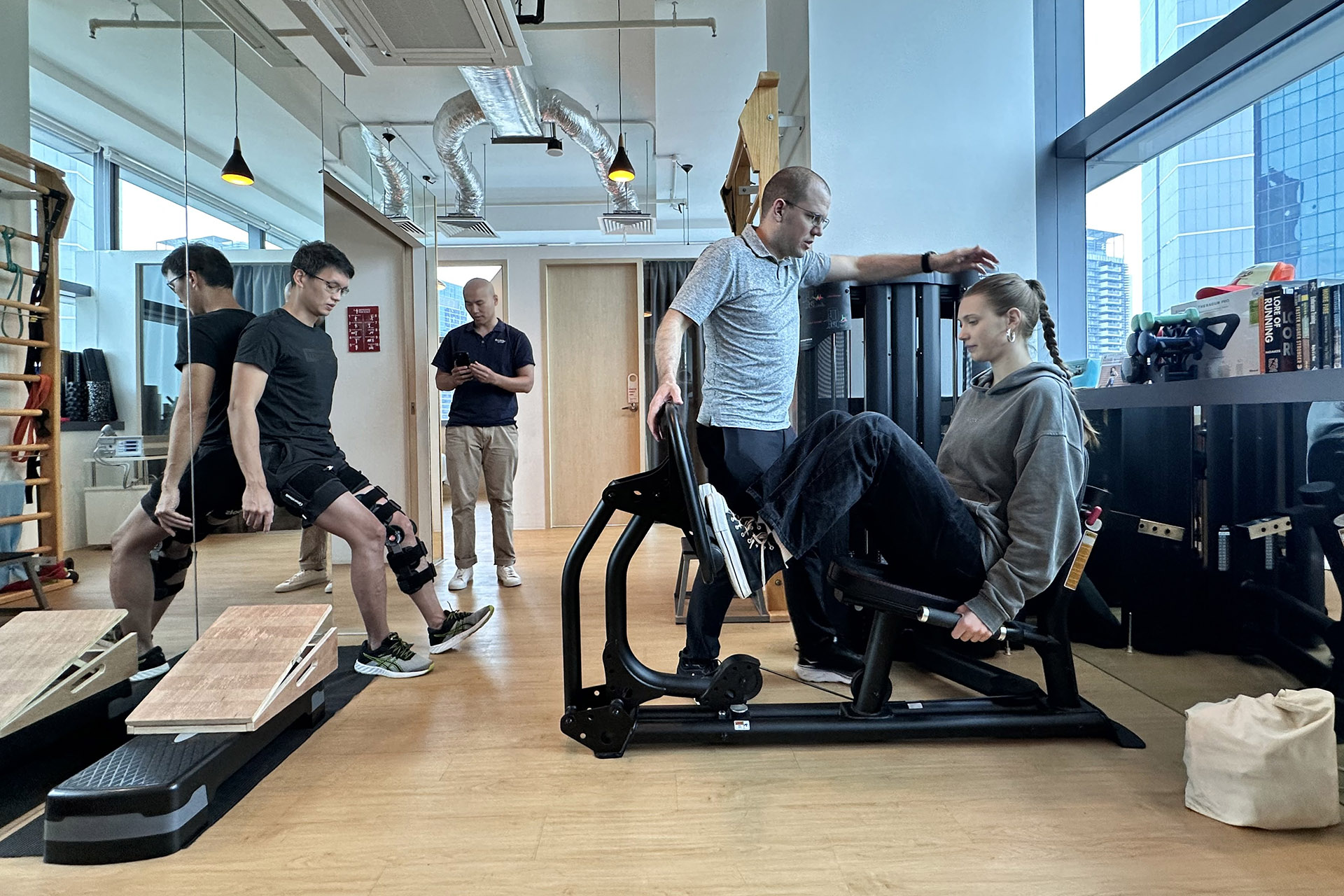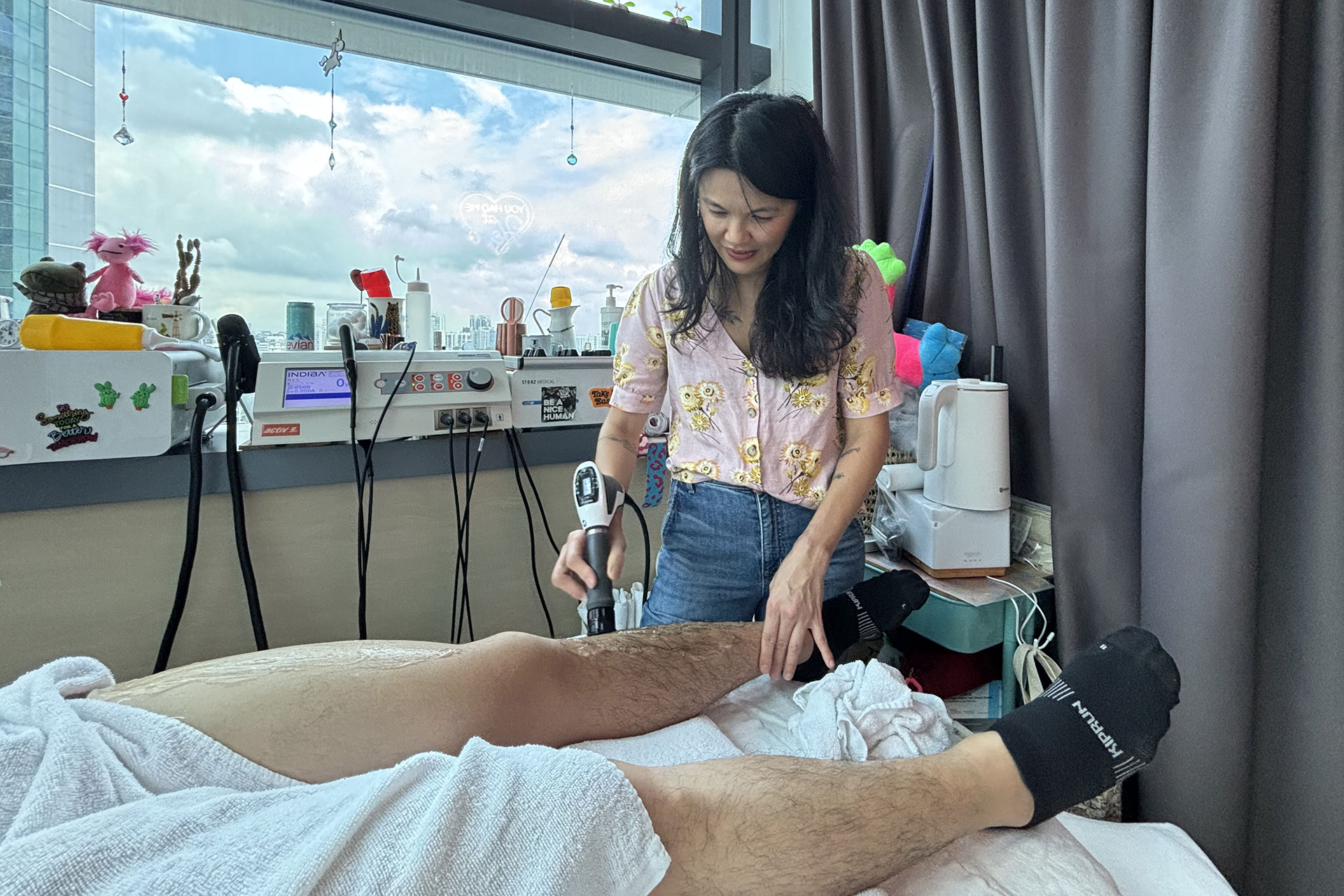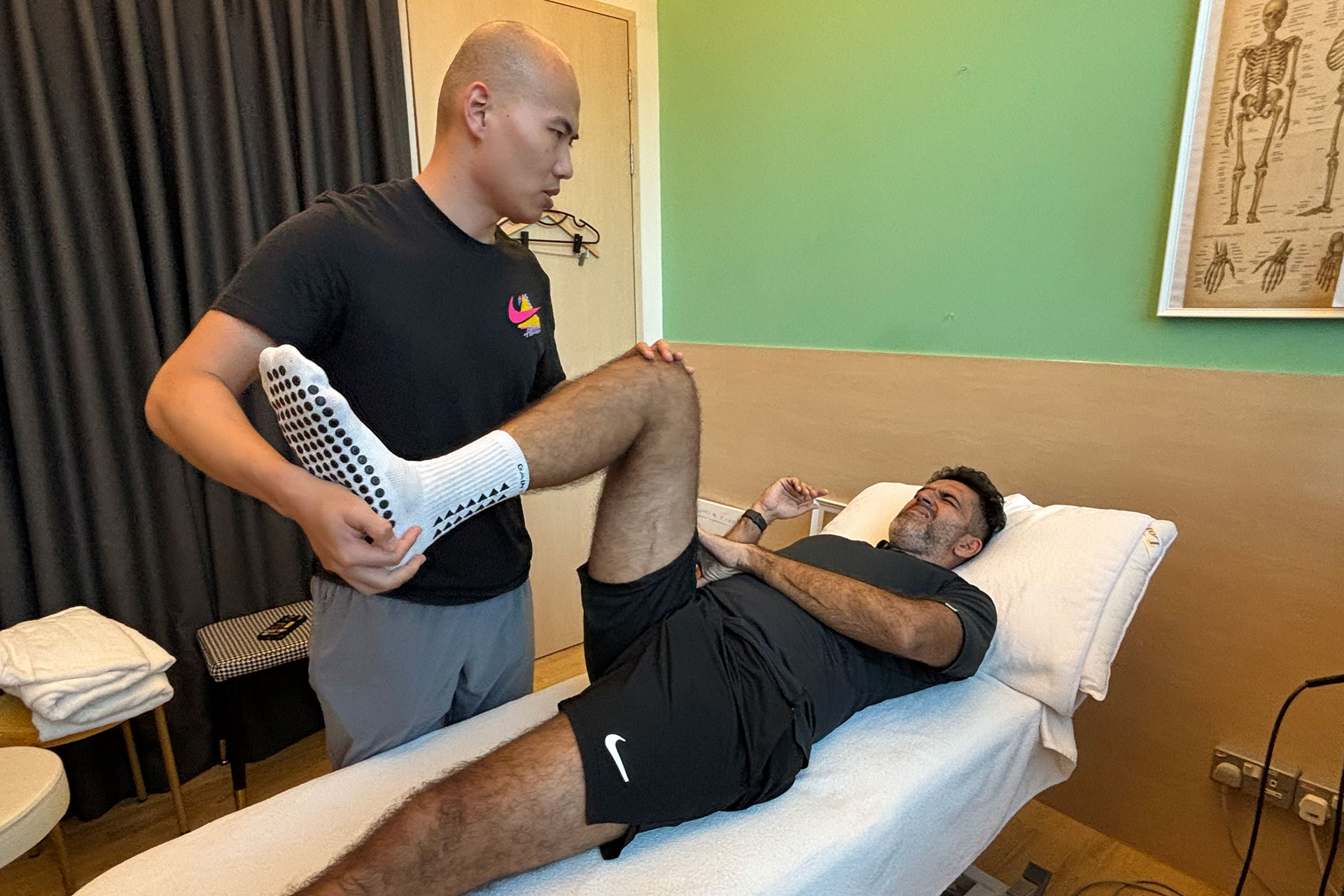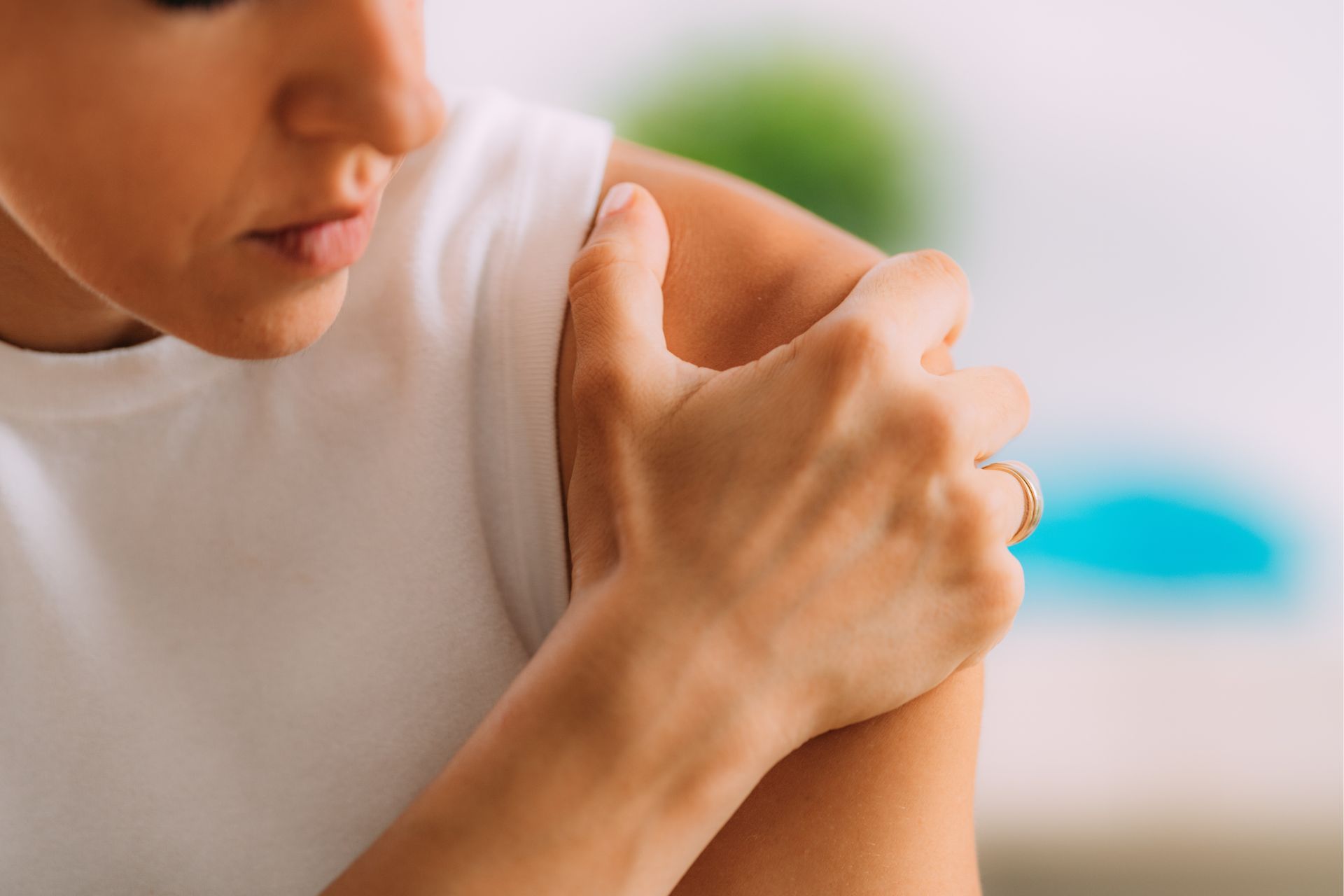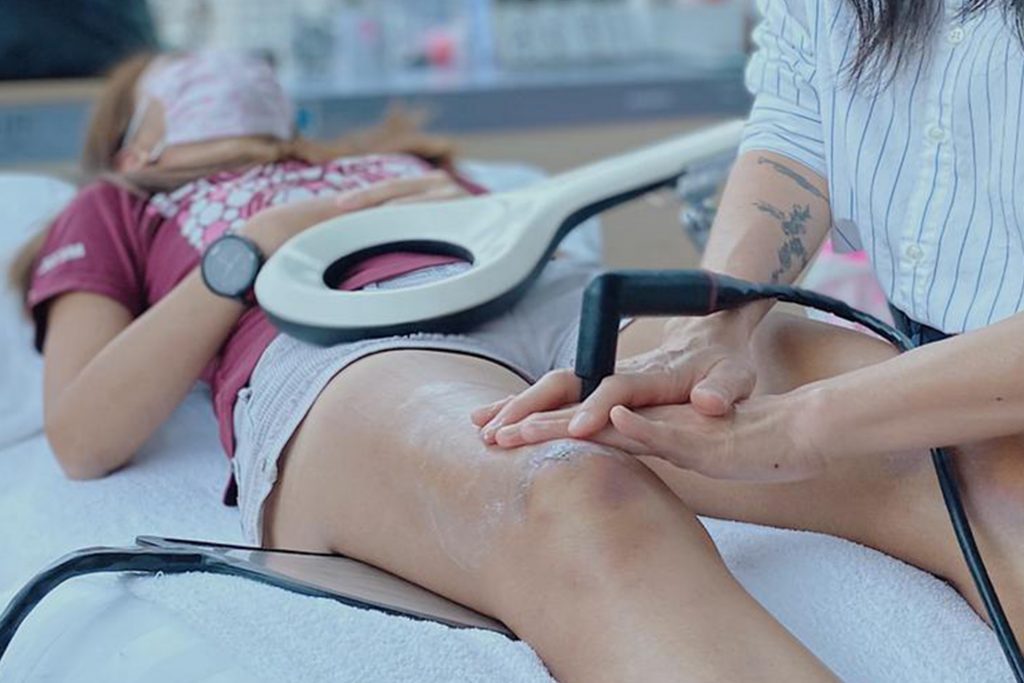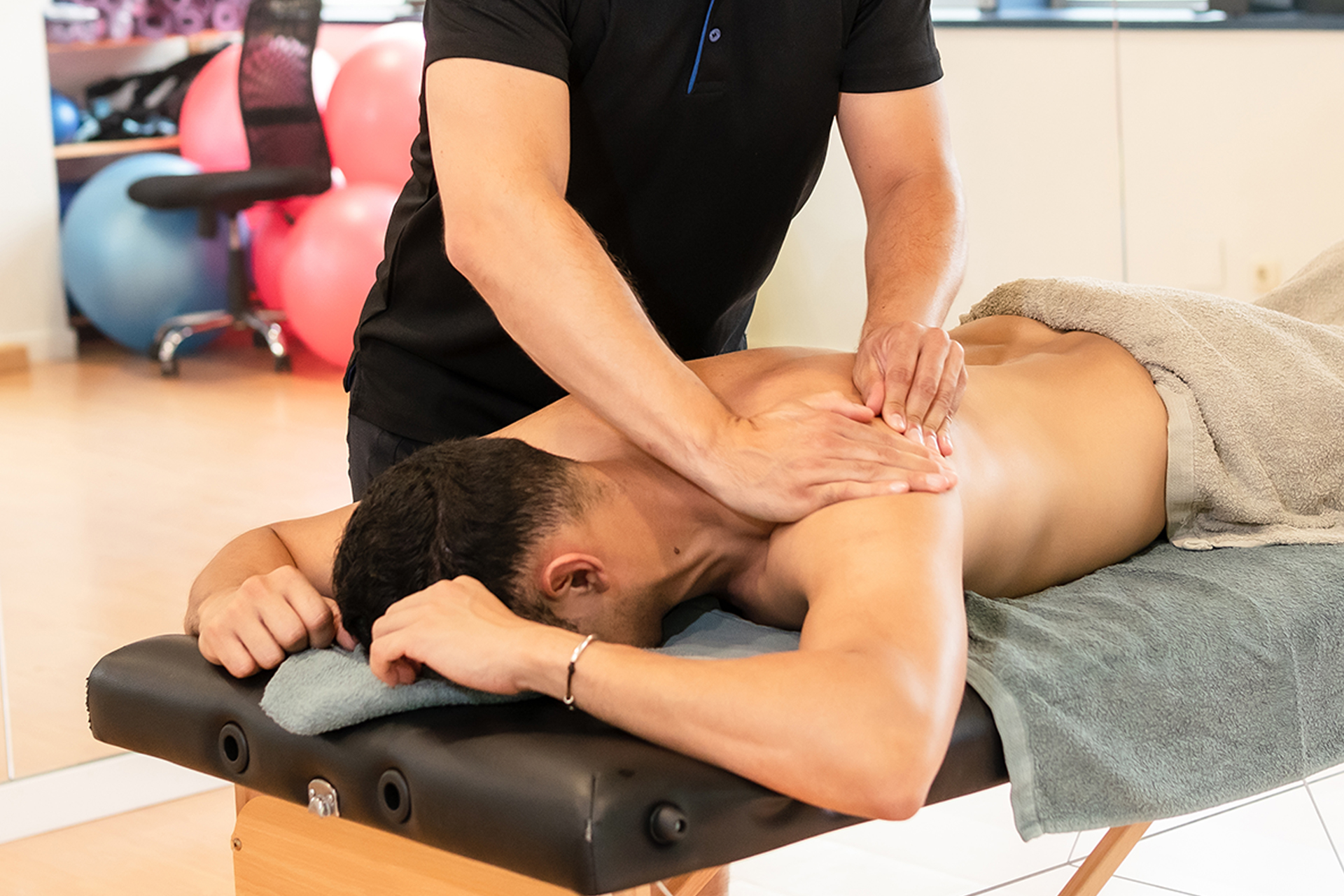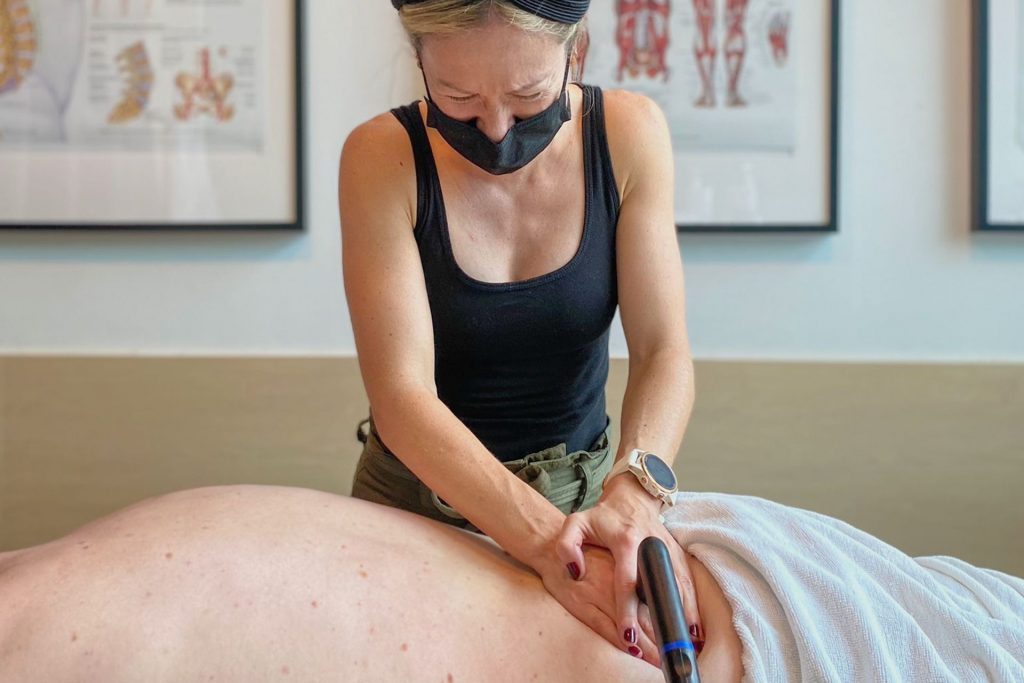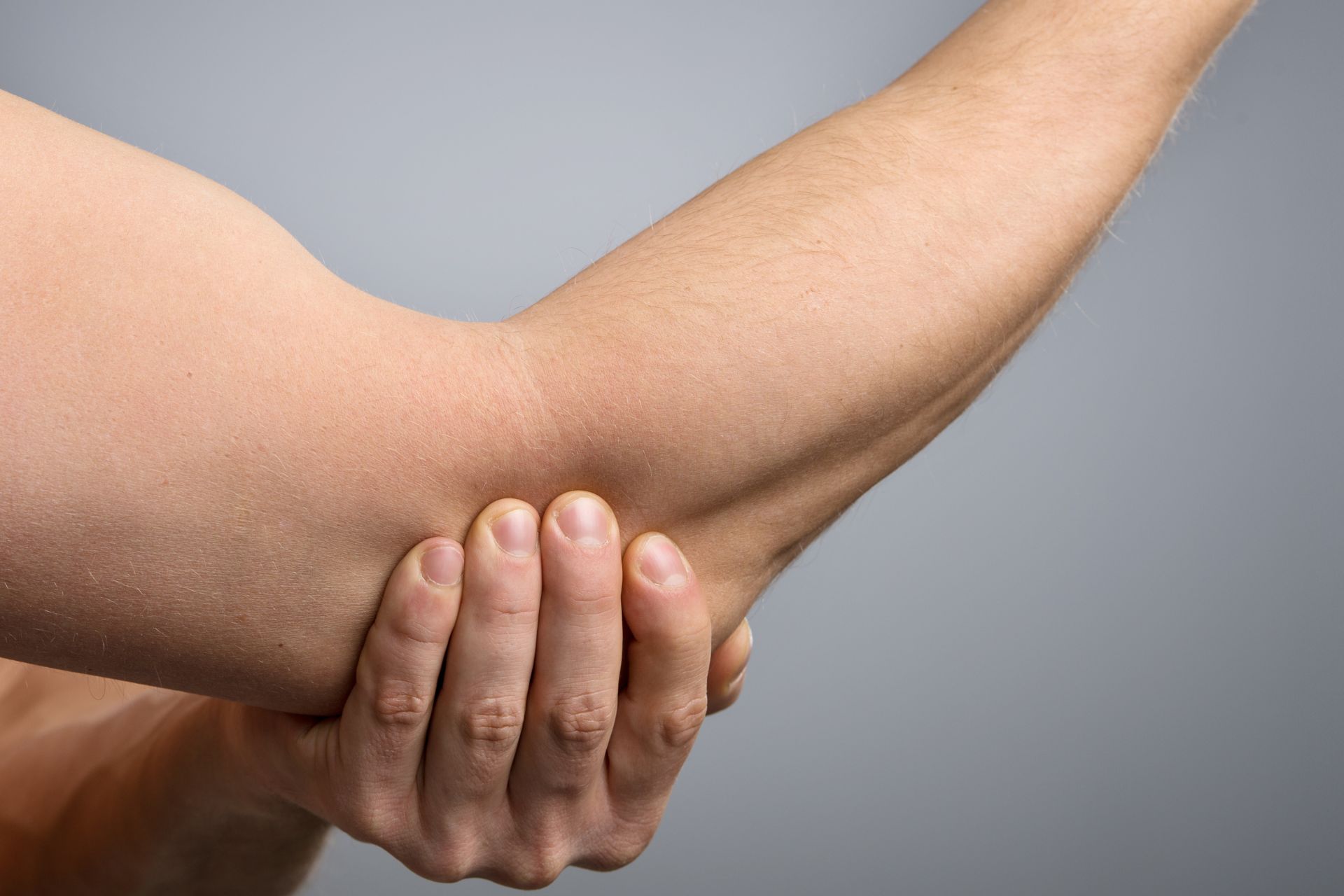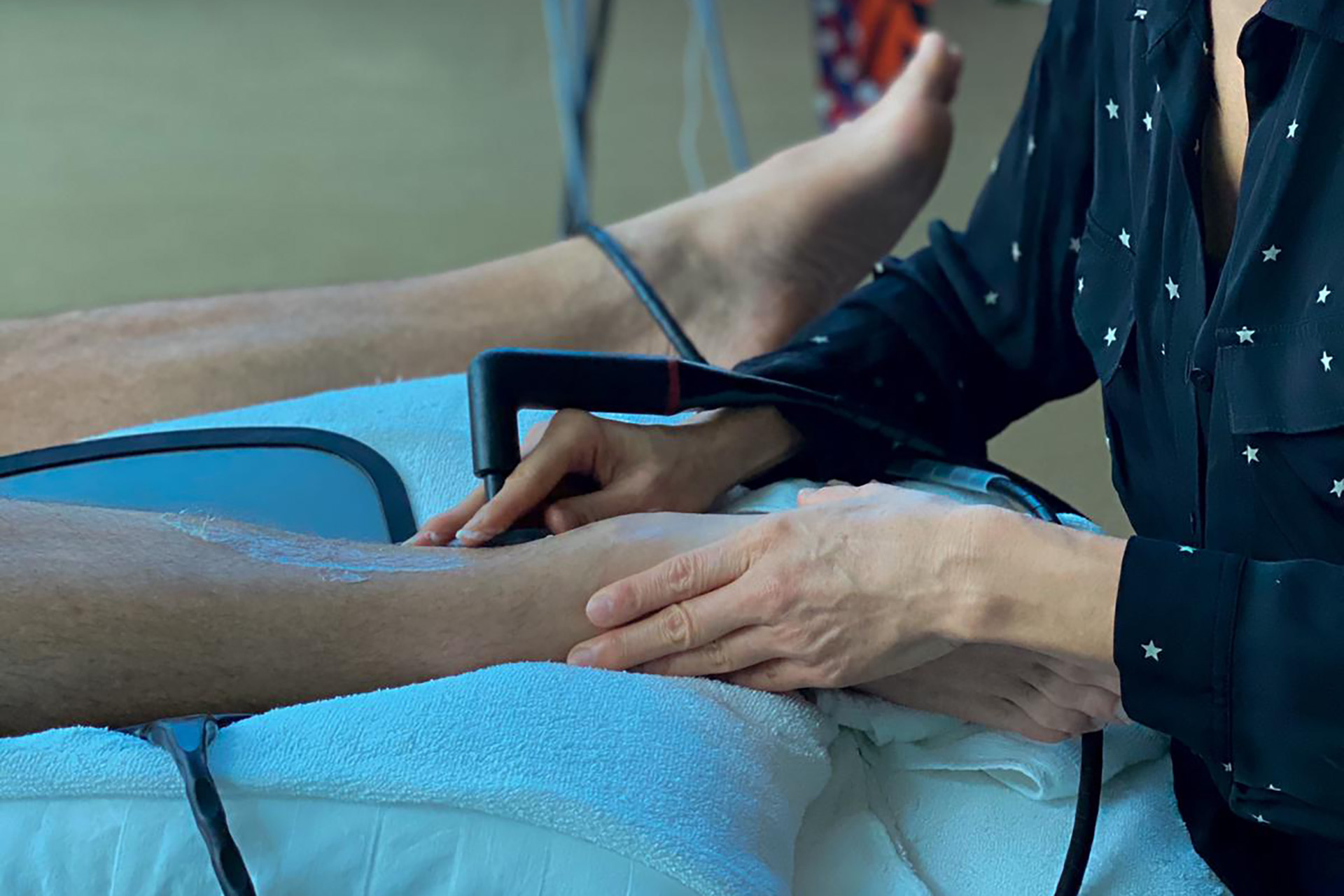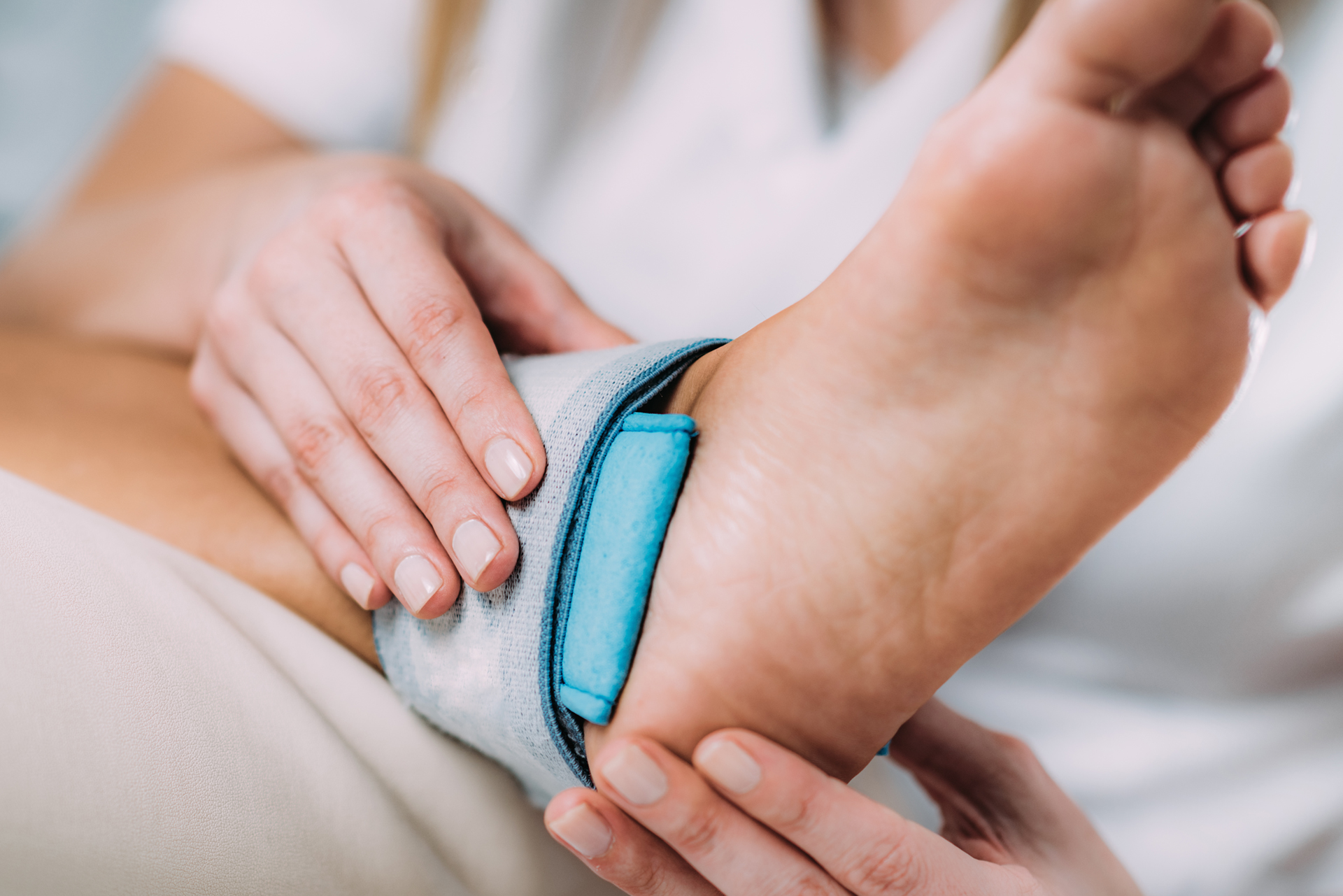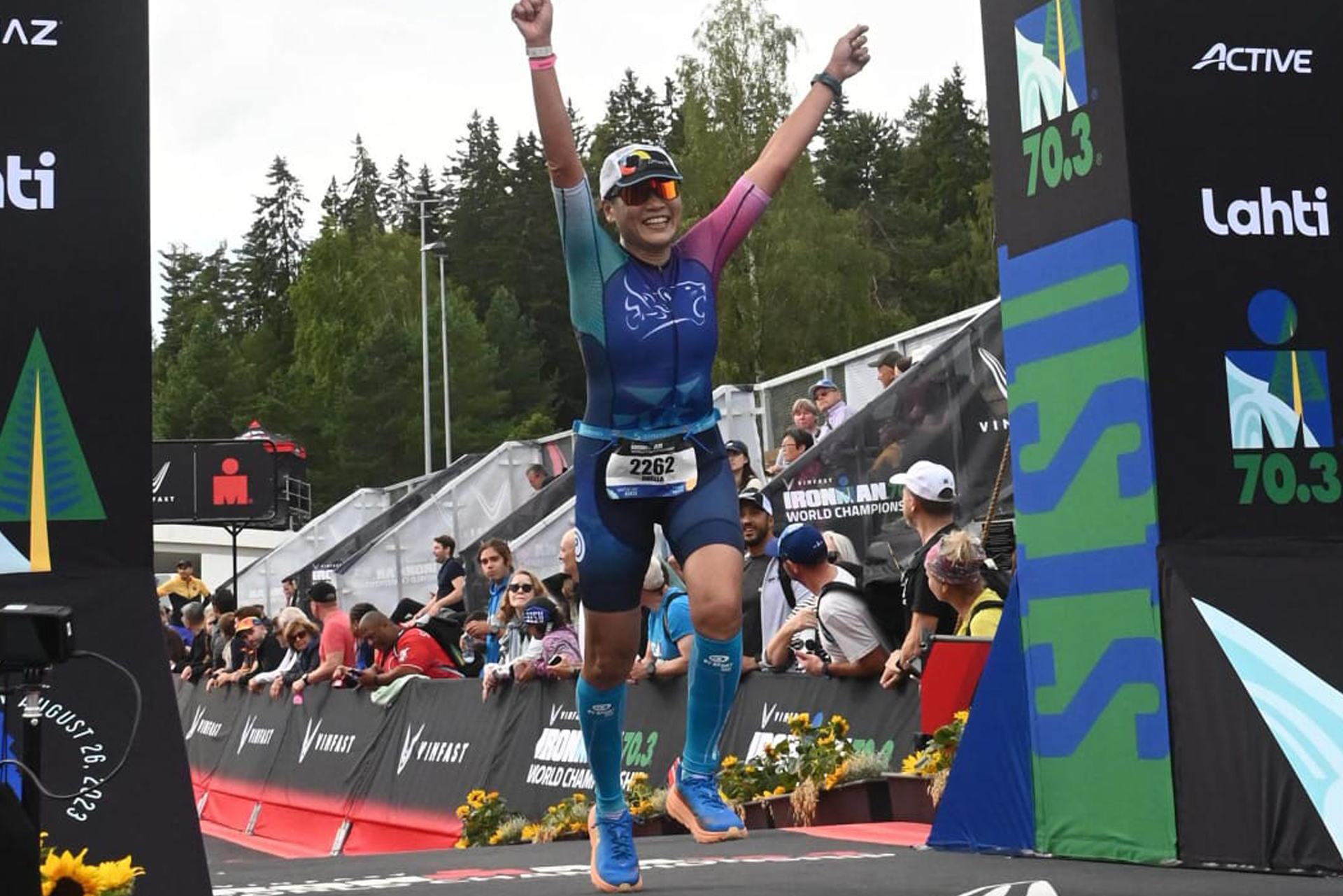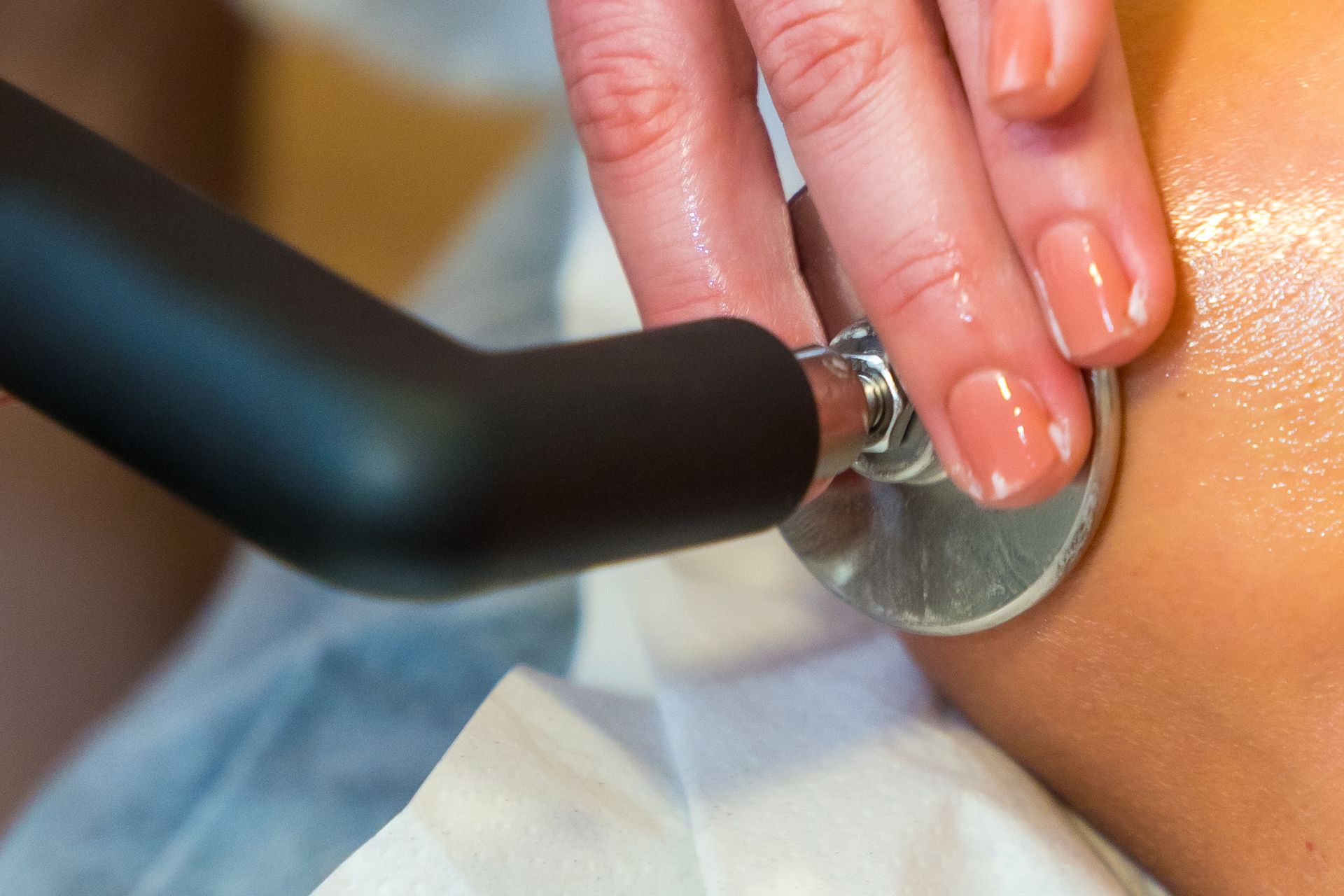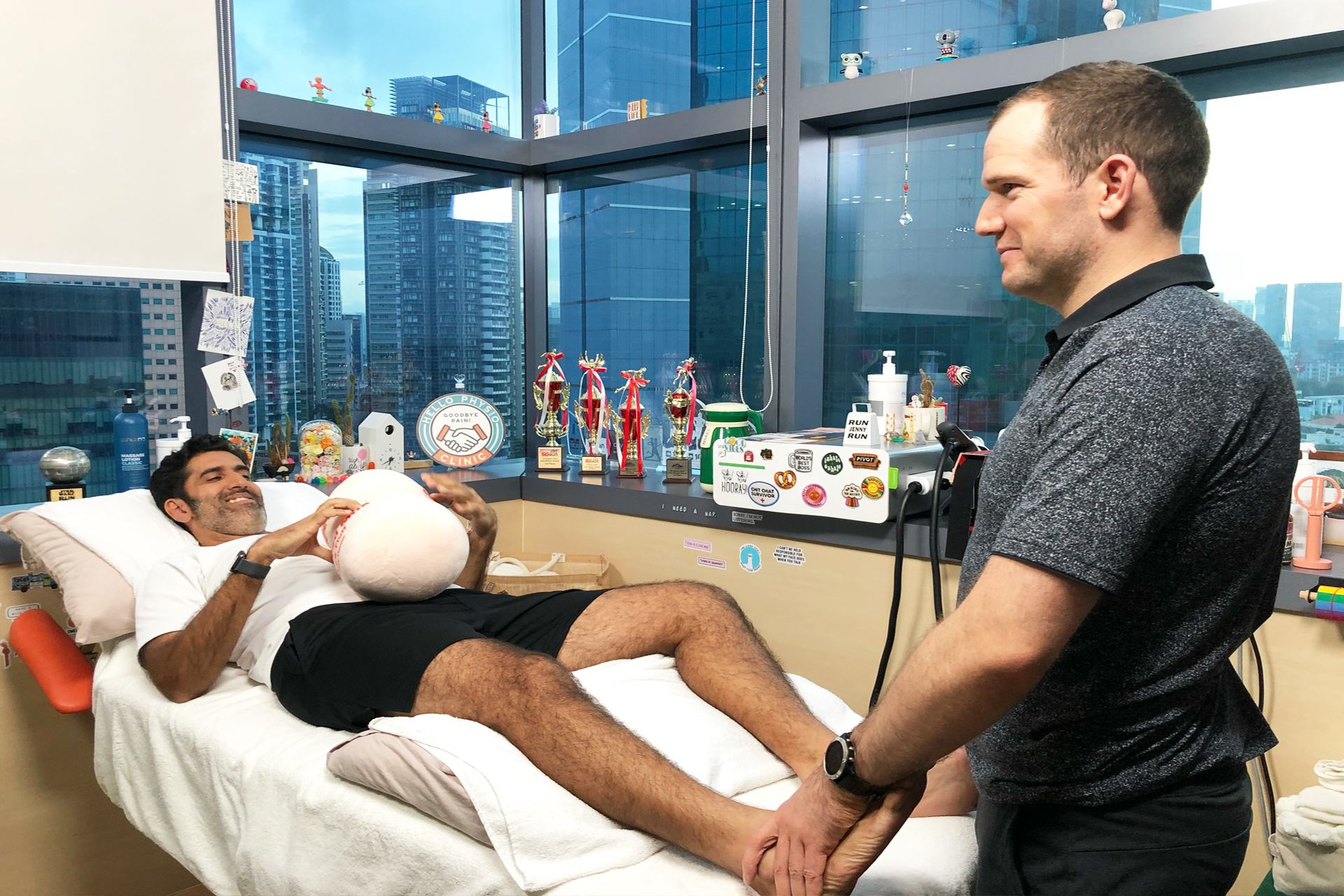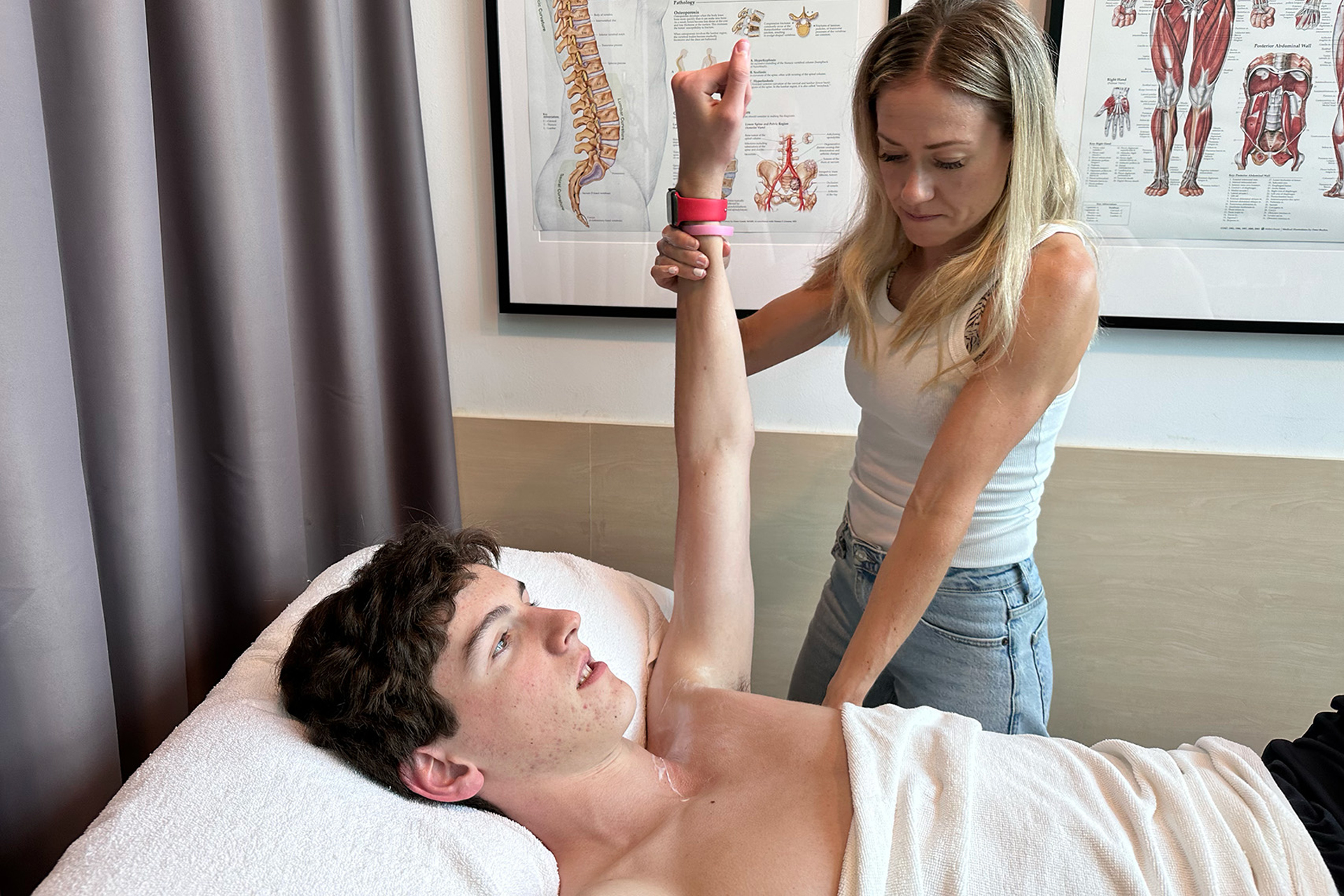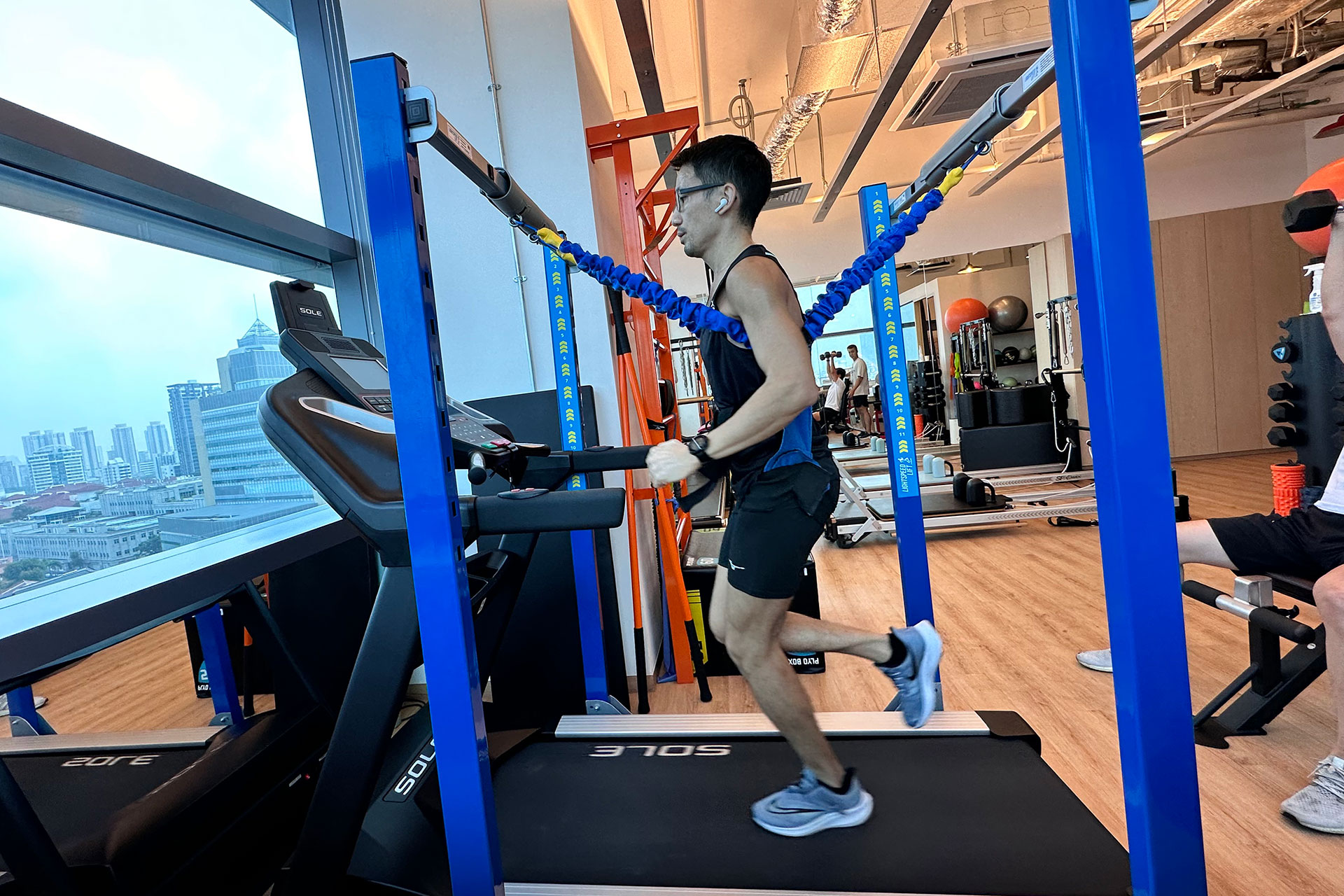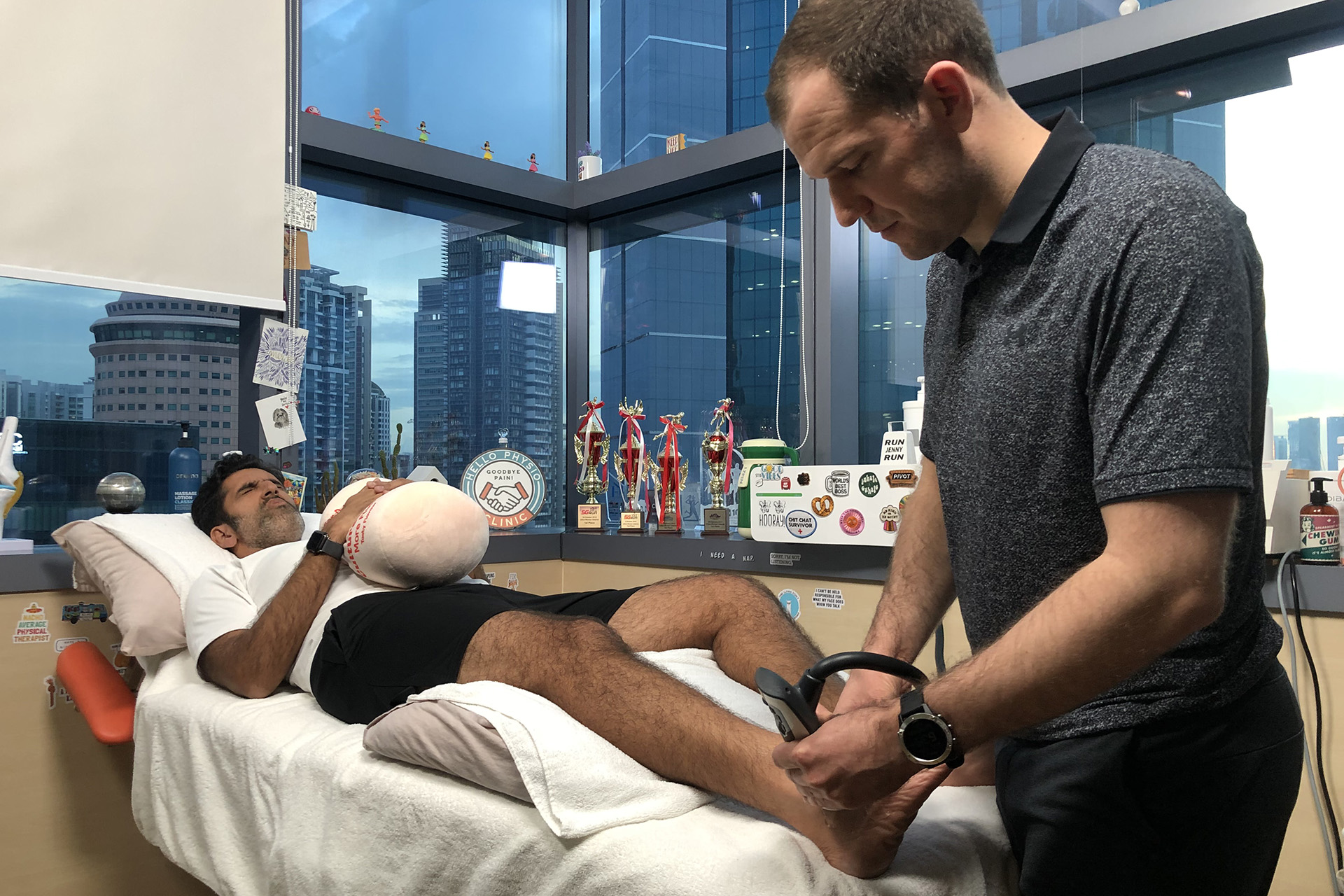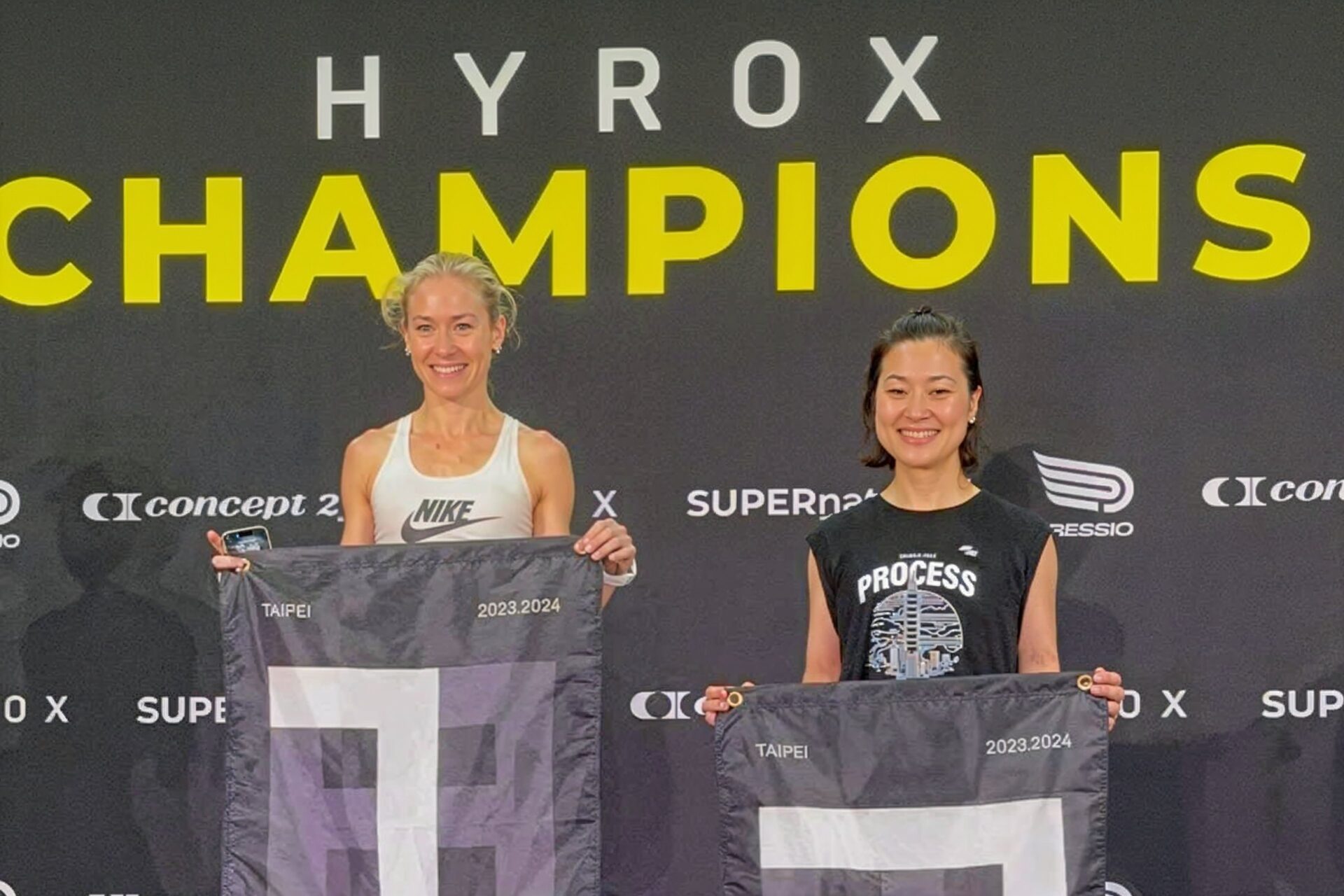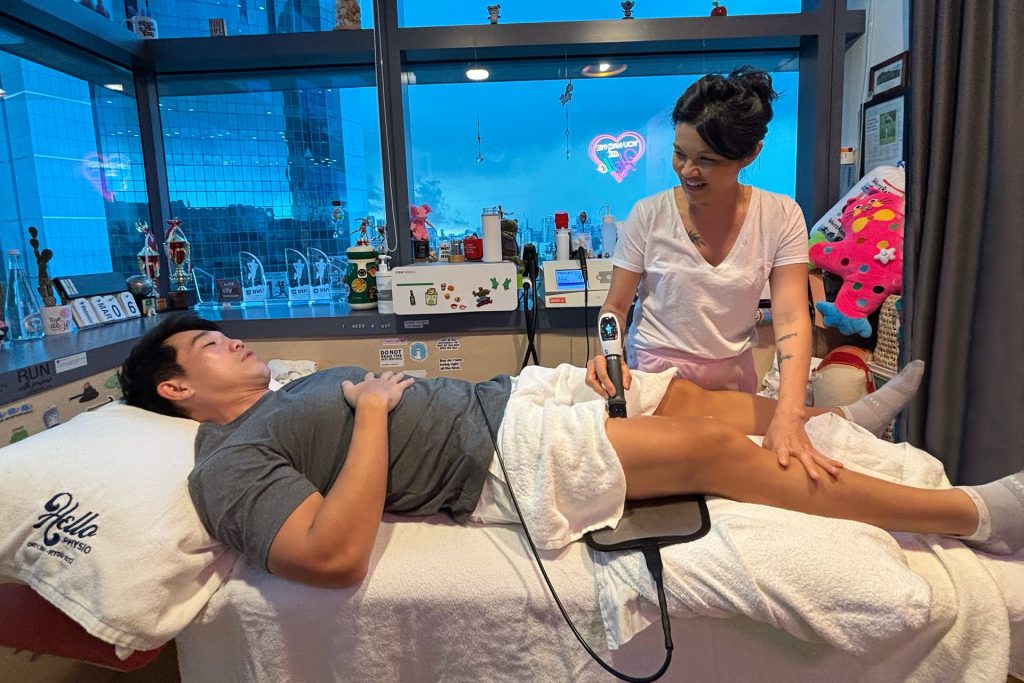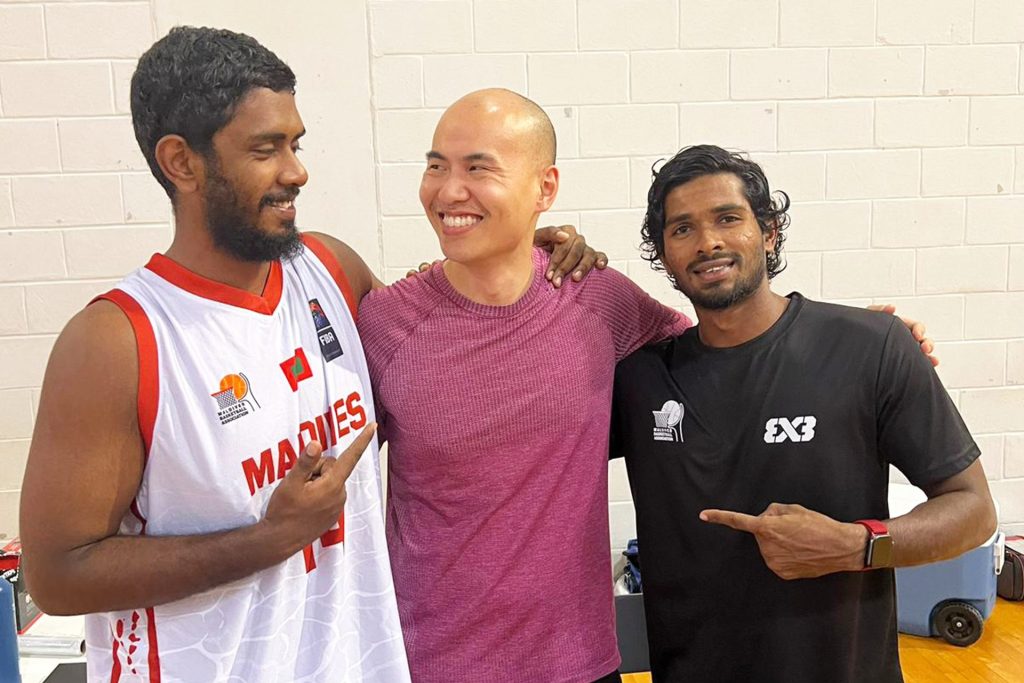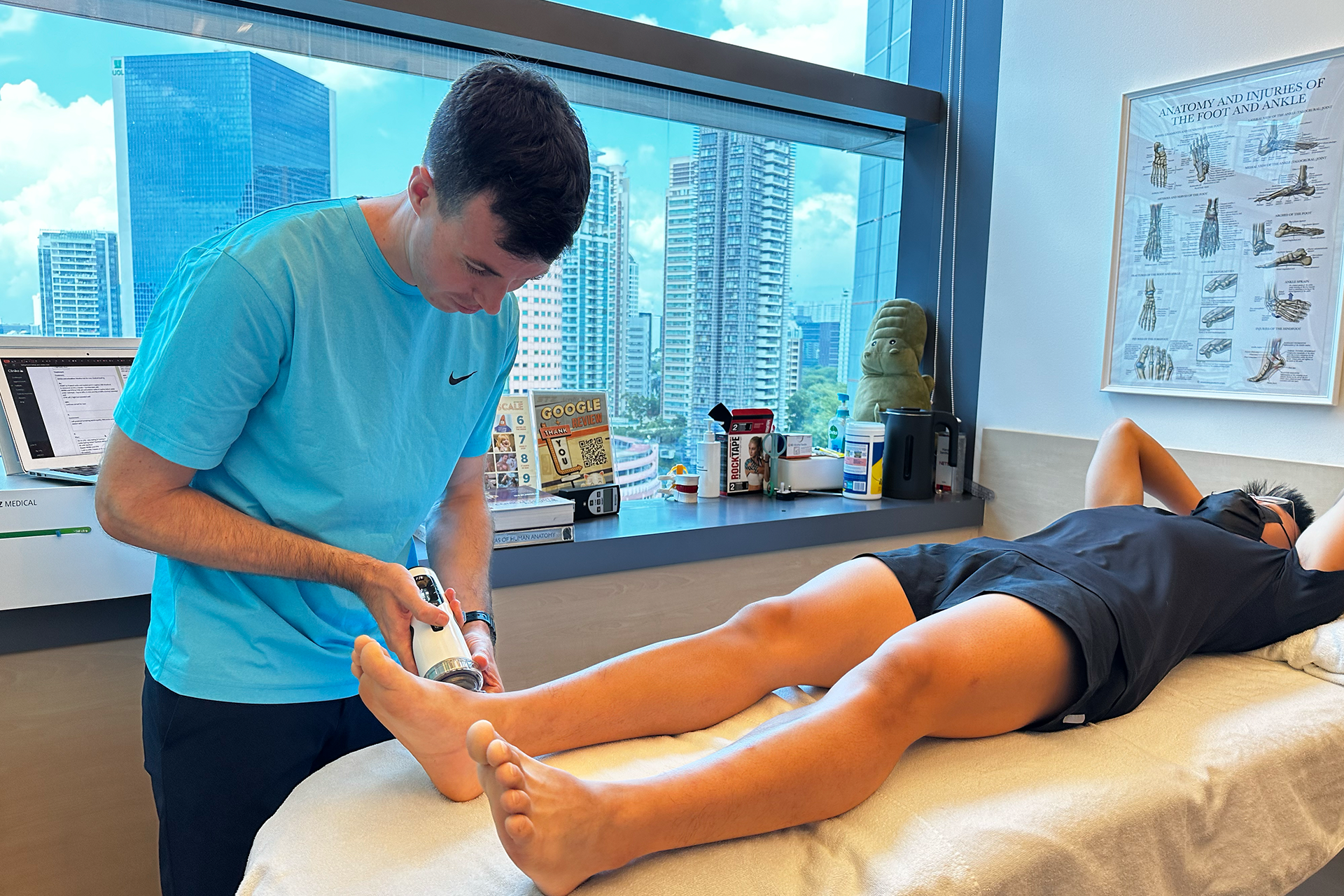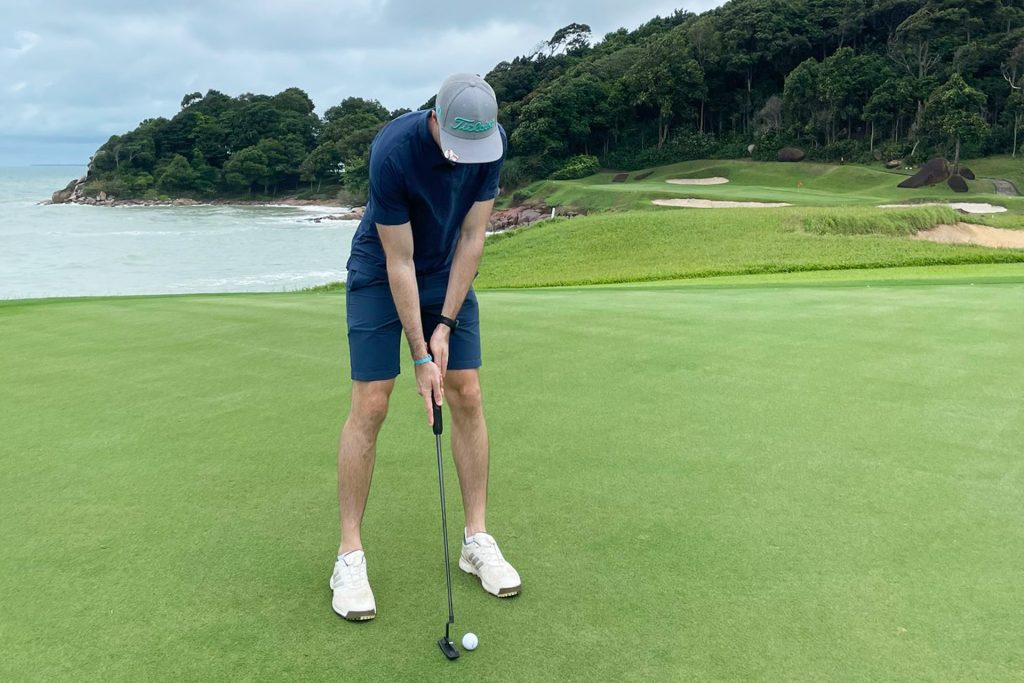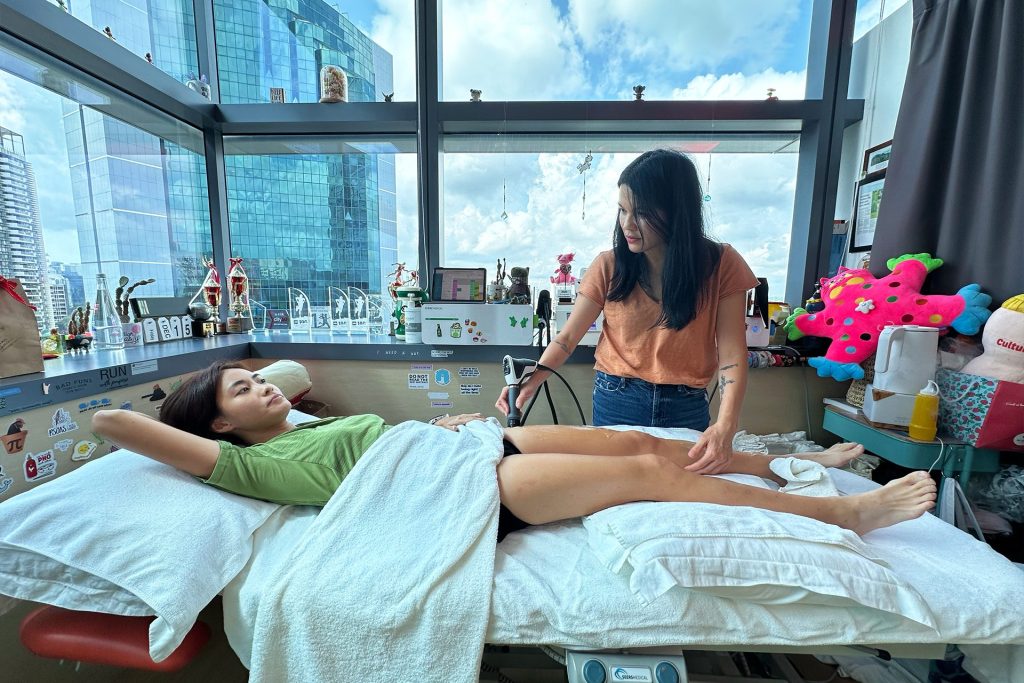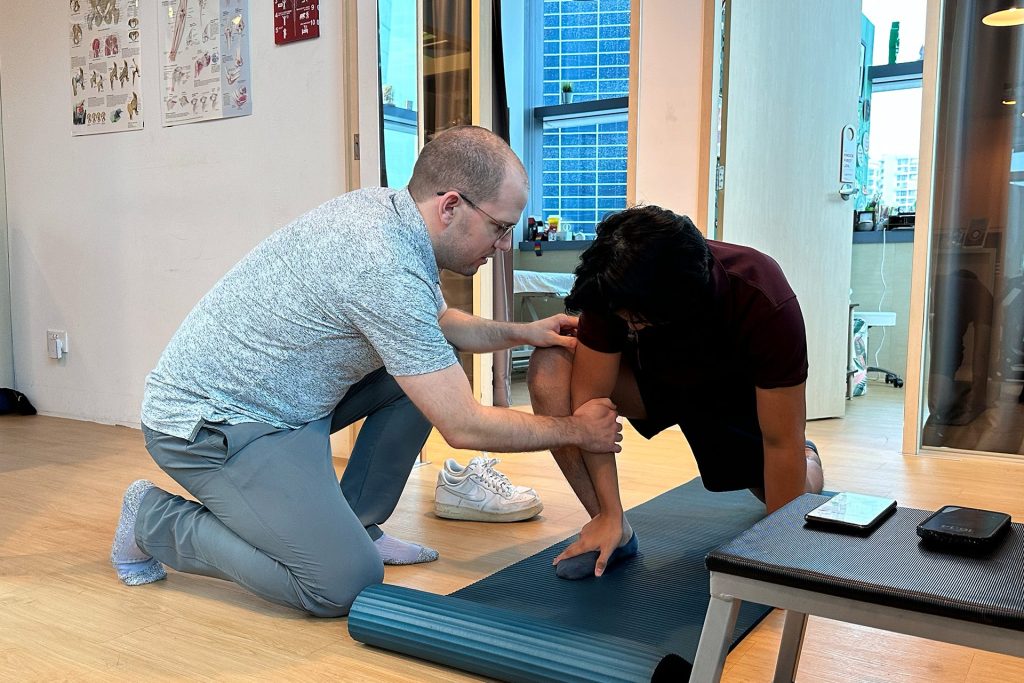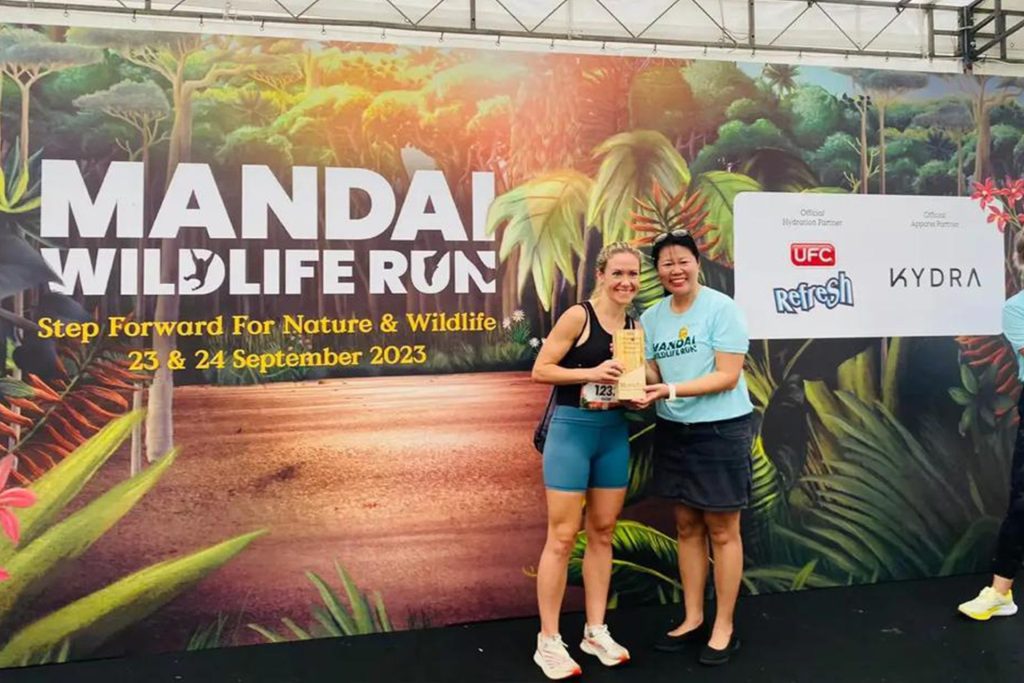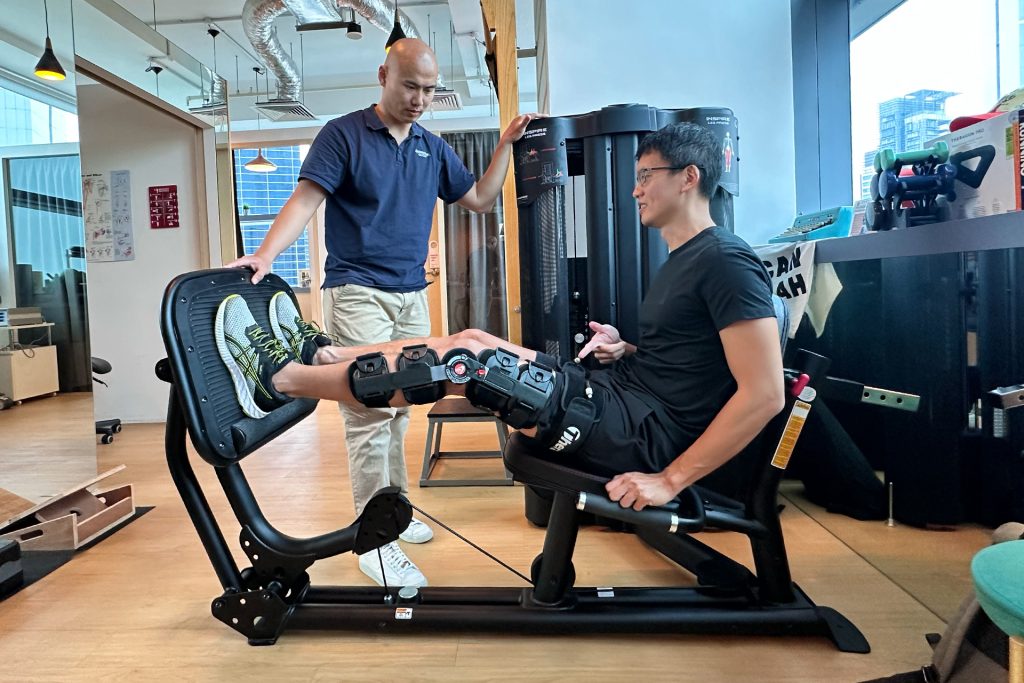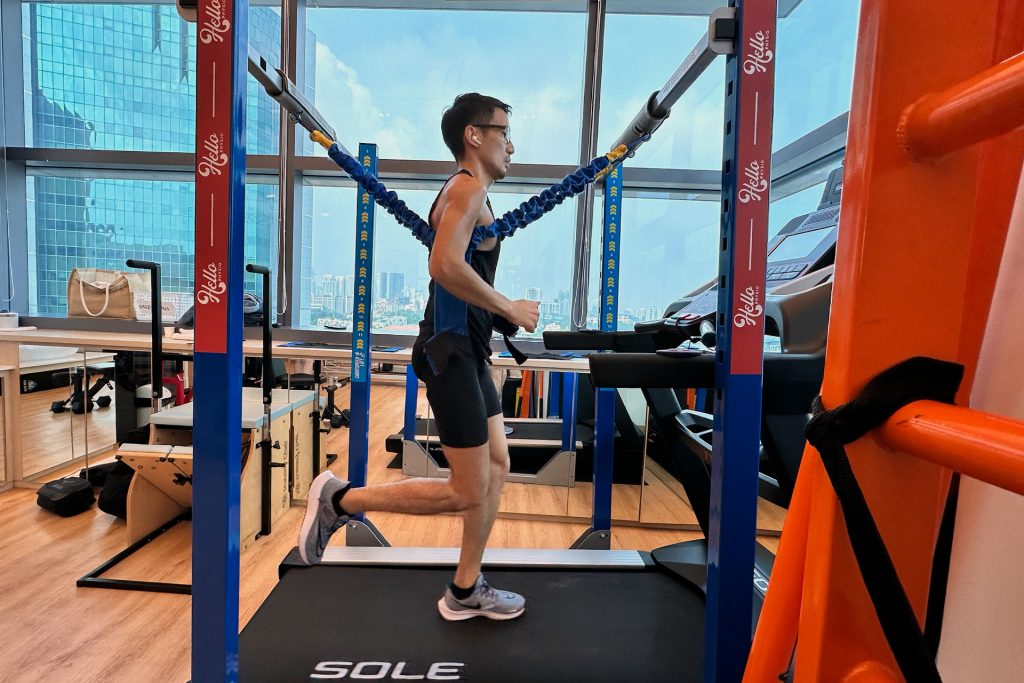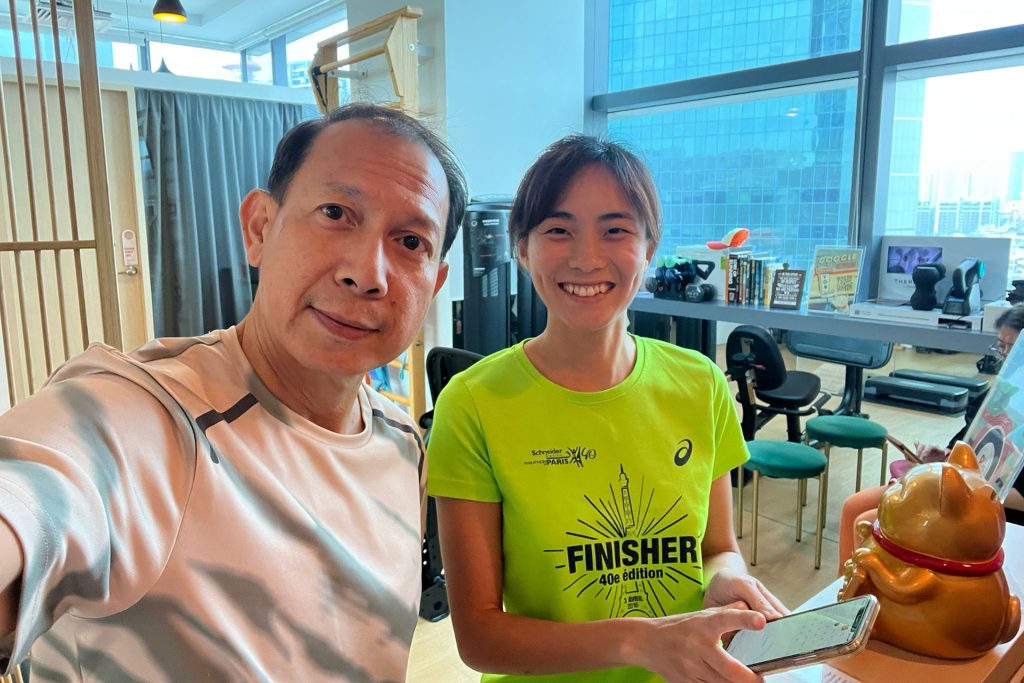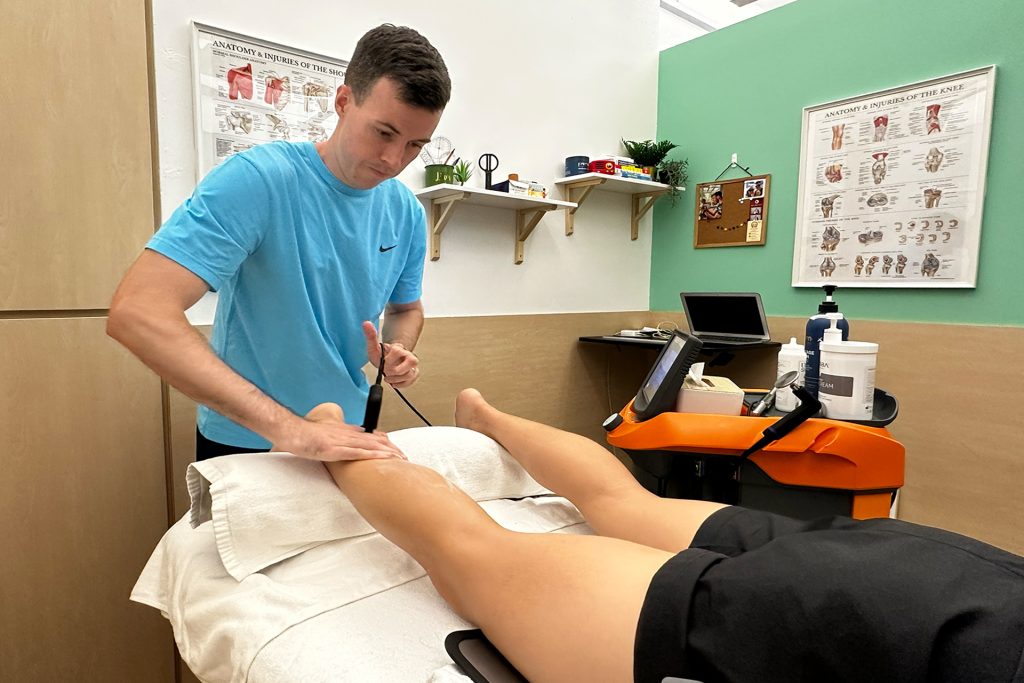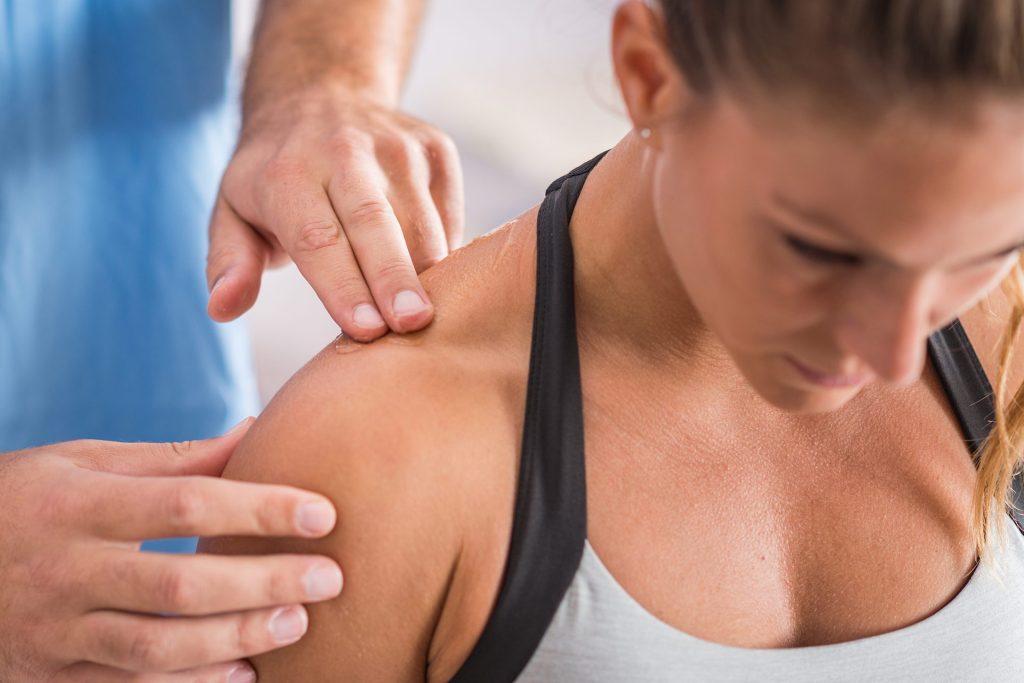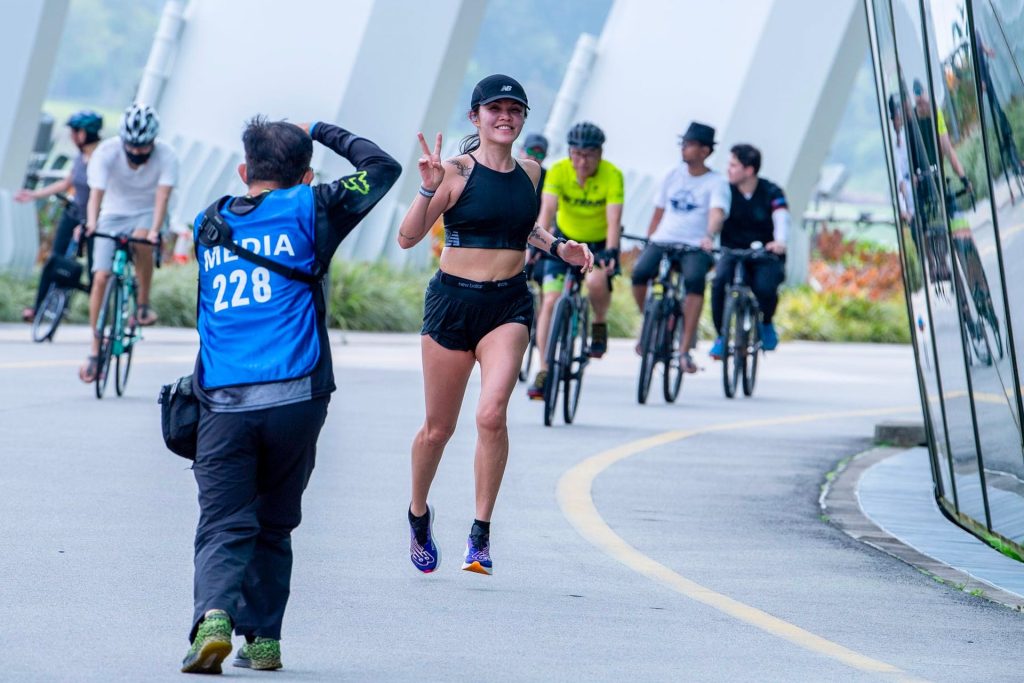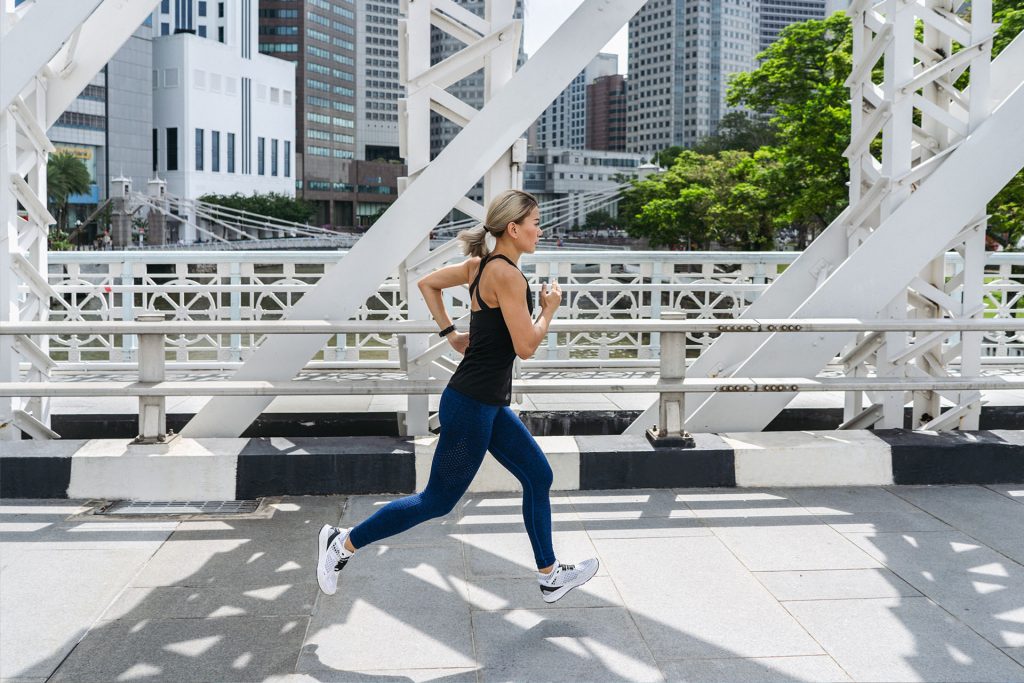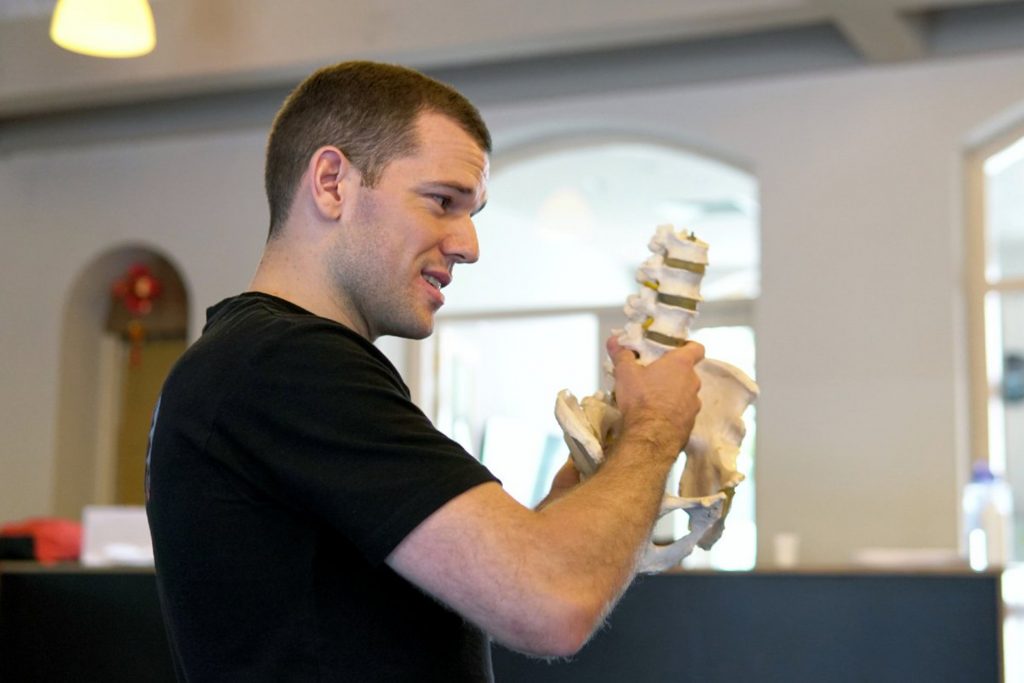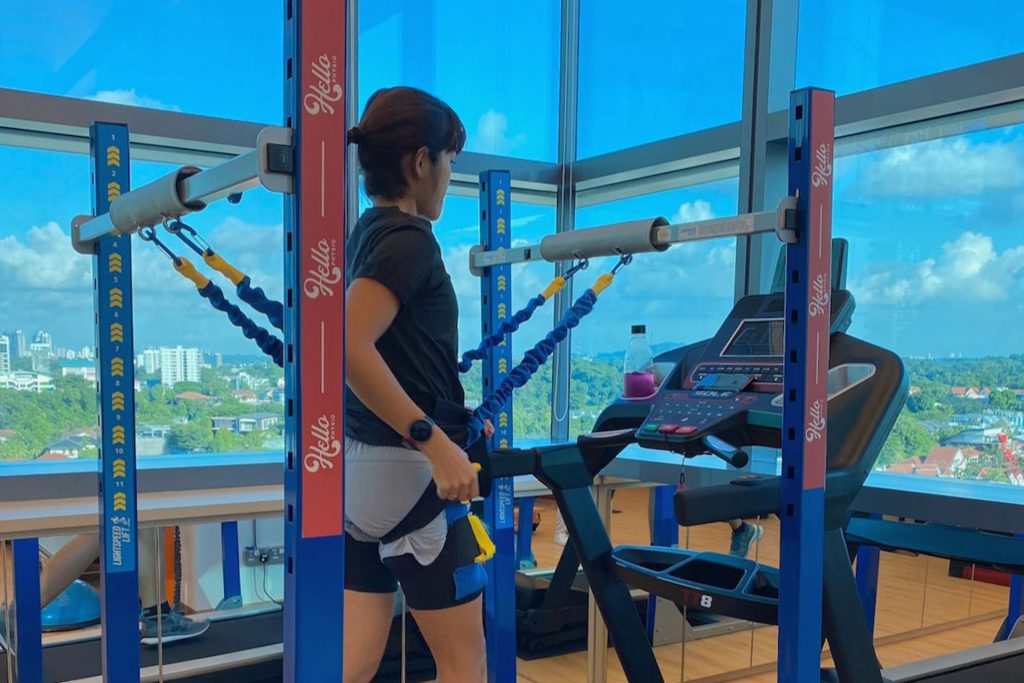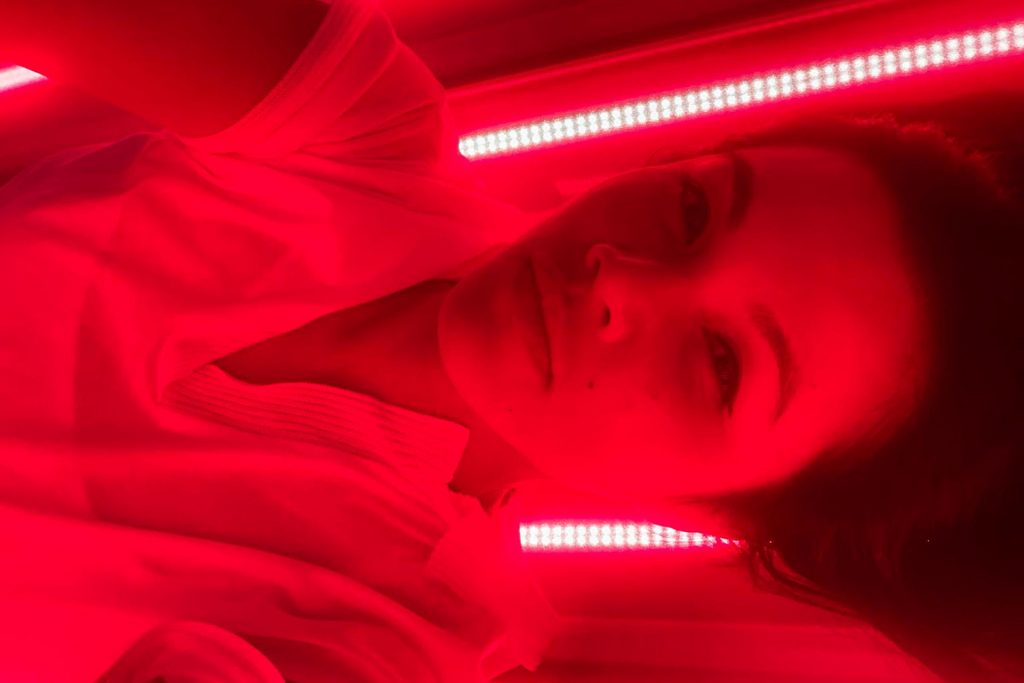|
Getting your Trinity Audio player ready...
|
As the leading sports physiotherapy clinic, we’ve seen our fair share of runners hobbling into our clinic with heel pain. It’s a common complaint, but the good news is that you can do plenty of things to prevent heel pain from ruining your running routine.
One of the most common causes of heel pain is increasing your mileage too quickly. This can put a lot of strain on your feet and legs, so building up your distance gradually is important. Aim to increase your weekly mileage by no more than 10% to allow your body to adapt to the increase in training load, and make sure you include rest days in your training schedule to allow your body to recover.
Runners should avoid the temptation to run harder or longer than their bodies can simply to perhaps impress their friends or followers on social media. Doing so can lead to overtraining and exacerbate your already painful heel.
By avoiding these common mistakes, runners can help prevent heel pain and enjoy their runs pain-free.
Overstriding Lead to Heel Pain when Running
Overstriding is a common running mistake that can lead to heel pain. This happens when a runner’s foot lands too far in front of their body during each stride, resulting in a braking effect that can increase the impact forces on the lower extremities, particularly the knees and shins. This excessive forward reach can also place additional stress on the joints, including the hips, knees, and ankles, which can lead to overuse injuries such as shin splints, stress fractures, and patellofemoral pain syndrome, referring to pain around the kneecap.
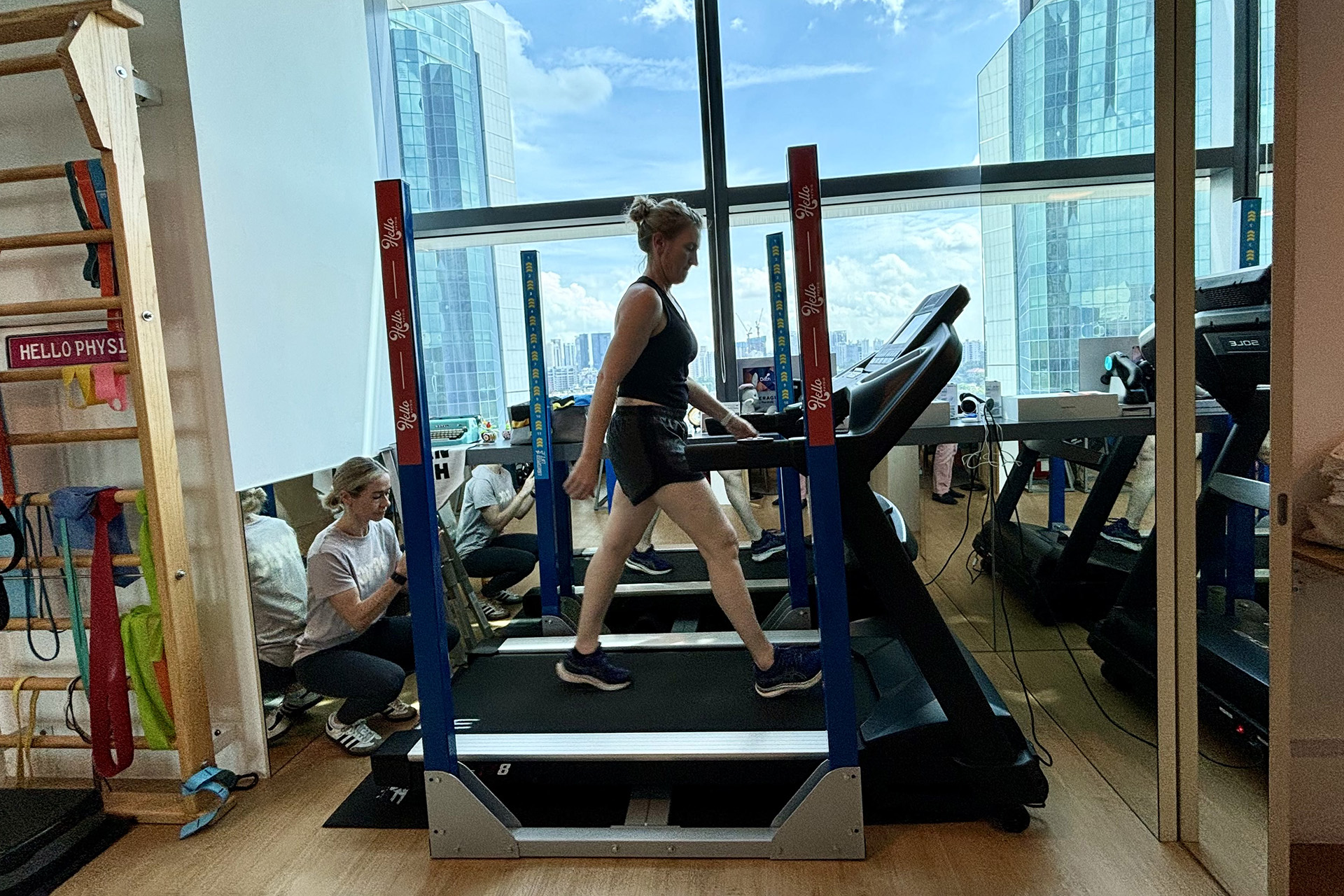
In addition, overstriding can disrupt the natural flow of running, making it less energy-efficient and leading to fatigue and decreased overall performance. It can also alter the natural alignment of the knee joint, leading to increased pressure on the patella or kneecap, resulting in ‘runner’s knee’, characterized by pain around or behind the kneecap.
“To break the overstriding cycle and reduce the risk of heel pain and other running injuries, runners should focus on stride length and aim for a more efficient stride, landing their foot as close to their hips as possible rather than reaching out in front”, says Máire Nic Amhlaoibh, Senior Physiotherapist at HelloPhysio and a podium-placing runner herself.
Runners can also gradually increase their cadence (stride turnover) to encourage shorter, quicker steps and reduce the impact forces associated with overstriding. Aiming to land midfoot or forefoot can also promote a more natural and efficient running form and reduce the braking effect caused by heel striking.
Incorporating strength and flexibility exercises targeting the muscles involved in running, including the hips, quadriceps, and calves, can also contribute to better running mechanics and reduce the risk of injury.
Trimming a few inches off the stride and getting the ground contact into the proper position can help an overstrider struggling with a chronic overuse injury.
However, if you’re suffering from heel pain after running, the first step is to alleviate that pain.
Adjunctive modalities like INDIBA® and Shockwave Therapy can enhance the effects of other interventions and provide additional benefits such as pain relief, tissue healing, and lymphatic drainage to stimulate the body’s natural healing processes.
Understriding Caused by Weak Muscle Strength
Understriding is mainly caused by weakness or a lack of strength, power, and tissue integrity in the runner’s body. It can also contribute to poor flexibility, as tight hamstrings and adductors can limit a runner’s range of motion and potential for stride length. The habit of very pensively striking the ground and then gently pushing off – or not doing so – is the understriding issue.
The running stride should not be hesitant or sluggish but rather brisk and crisp. If a runner needs to improve at accepting and transferring ground reaction forces and launching their body weight forward on one leg, they have work to do.
“Tips for understriding include doing strength training specific to the running stride, such as lunge and split squat variations, and adding some plyometric activities, such as hopping and jumping,” says Jenny Huang, founding physiotherapist and an elite runner.
Understriding is the lesser appreciated of the two stride length abnormalities. Still, it can rob a runner of their full potential in performance if it is their go-to locomotive strategy mid-run.
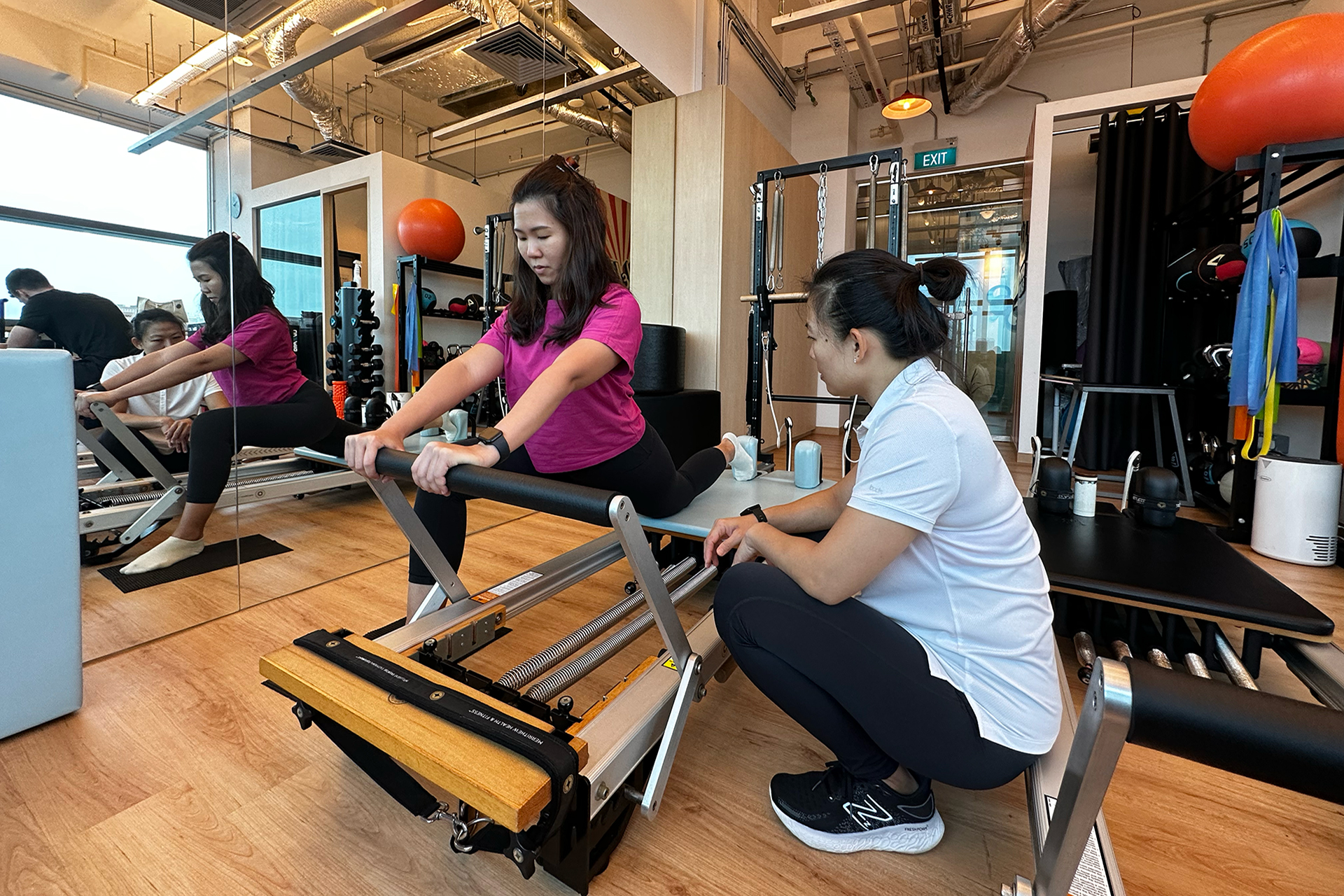
Clinical Pilates is a form of physical exercise focusing on posture, core stability, balance, strength, flexibility, and breathing. It can be used as strength training to improve your range of motion and stride length.
Manual therapies like mobilization, manipulation, or sports massages can release tight or sore muscles, improve the runner’s joint mobility, and reduce pain or inflammation. They can be especially helpful for common heel injuries like plantar fasciitis or Achilles tendinopathy.
Listen to Your Body
If you’re a runner, it’s not uncommon to experience heel pain after a long or intense run. However, if you’ve been suffering from heel pain for more than two weeks, it’s important to listen to your body and seek professional help.
Our leading sports physiotherapy clinic specializes in treating heel pain and can provide you with a personalized treatment plan to help you get back to running pain-free. We understand that every runner’s body is unique, and we’ll work with you to identify the root cause of your heel pain and develop a plan that addresses your specific needs.
Don’t let heel pain keep you from doing what you love – contact HelloPhysio today to schedule an appointment.

